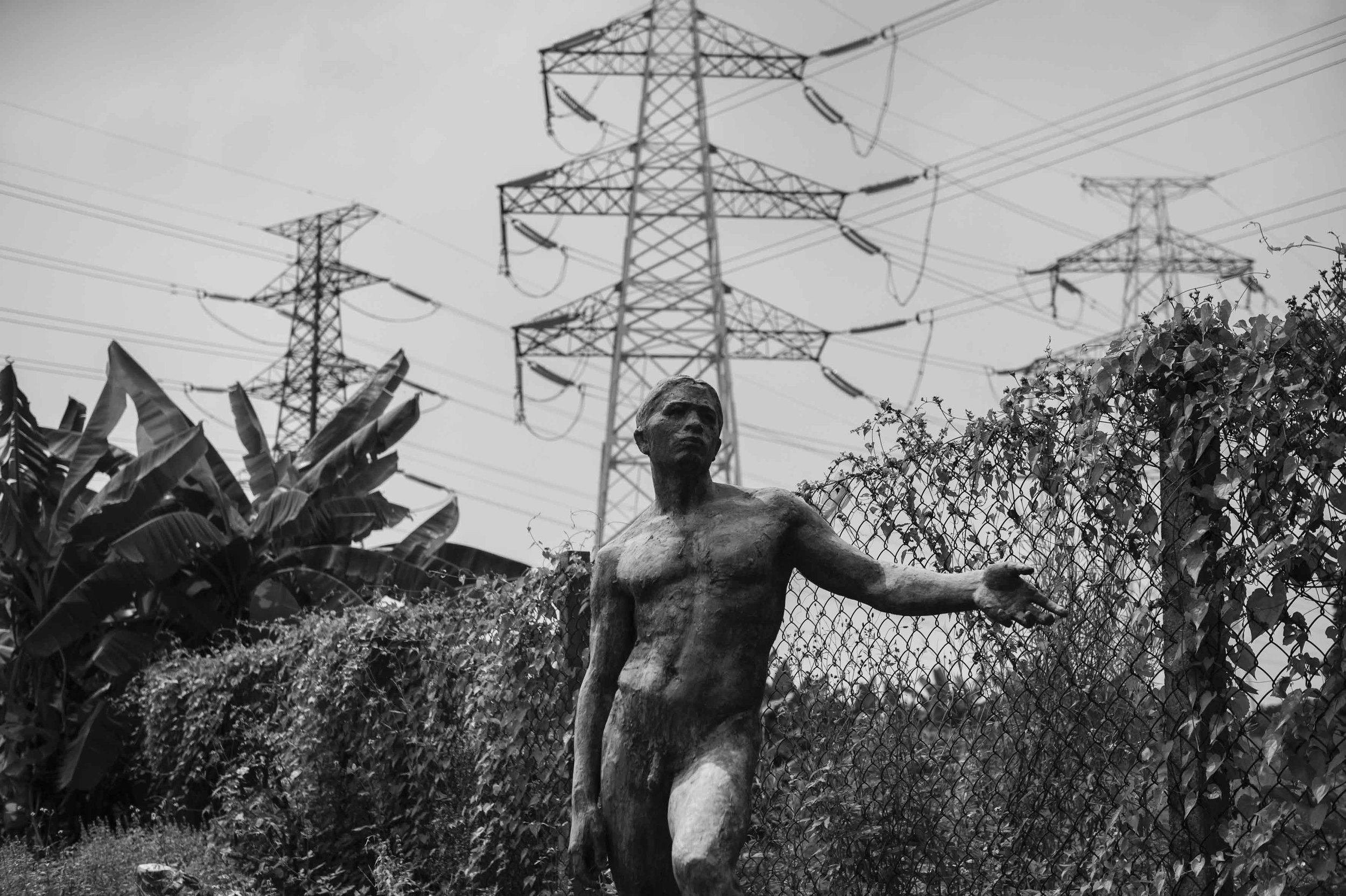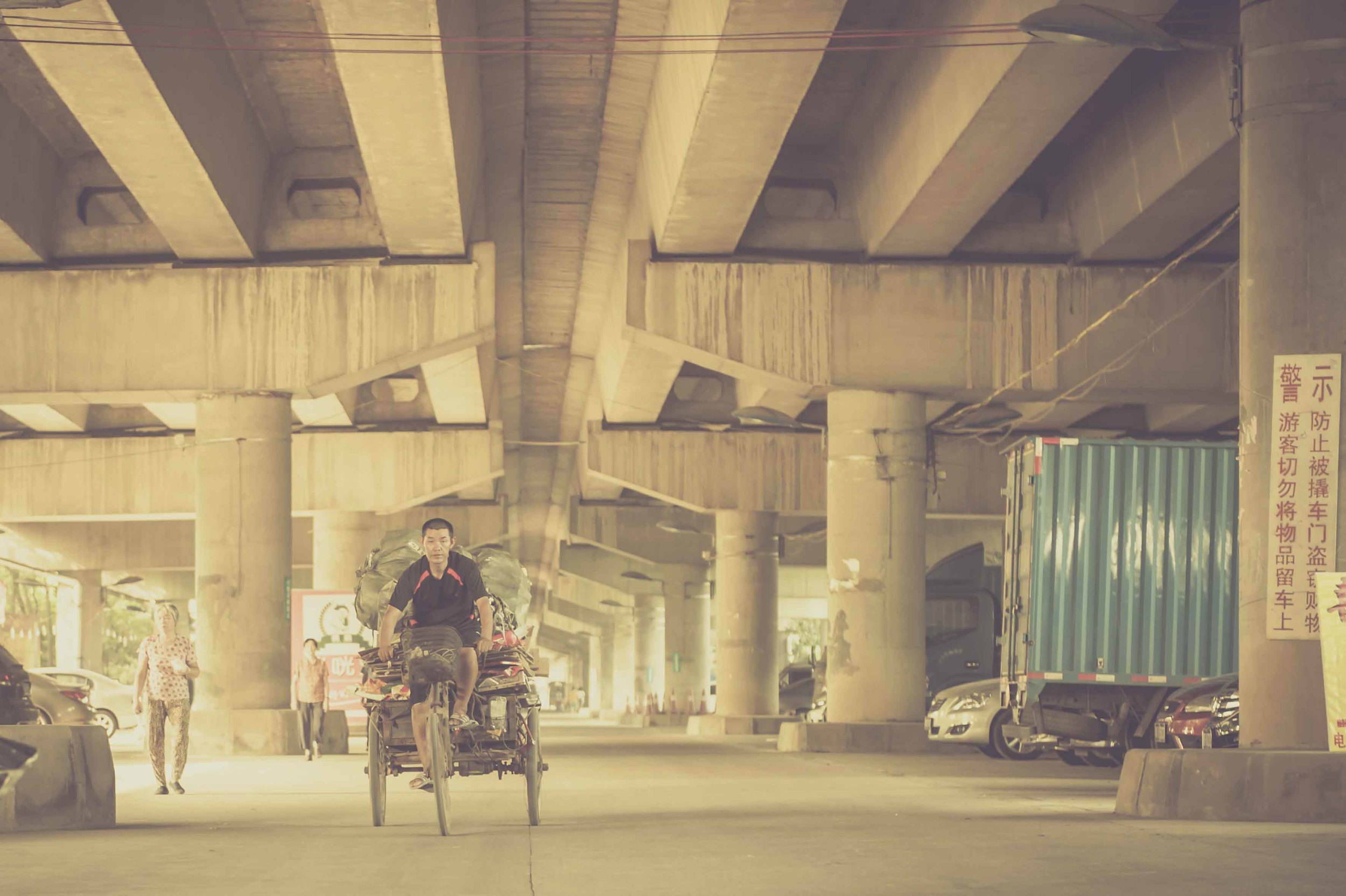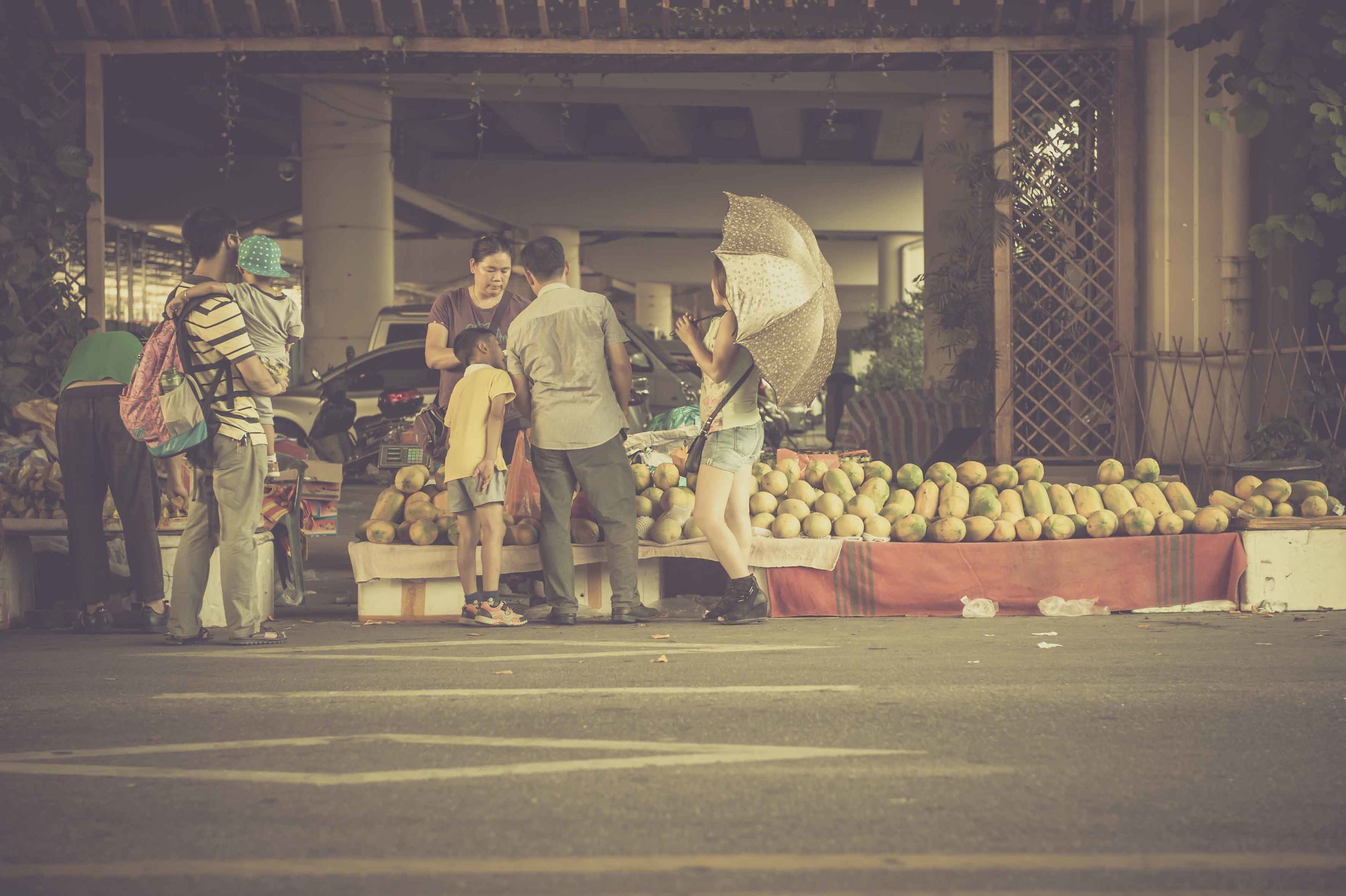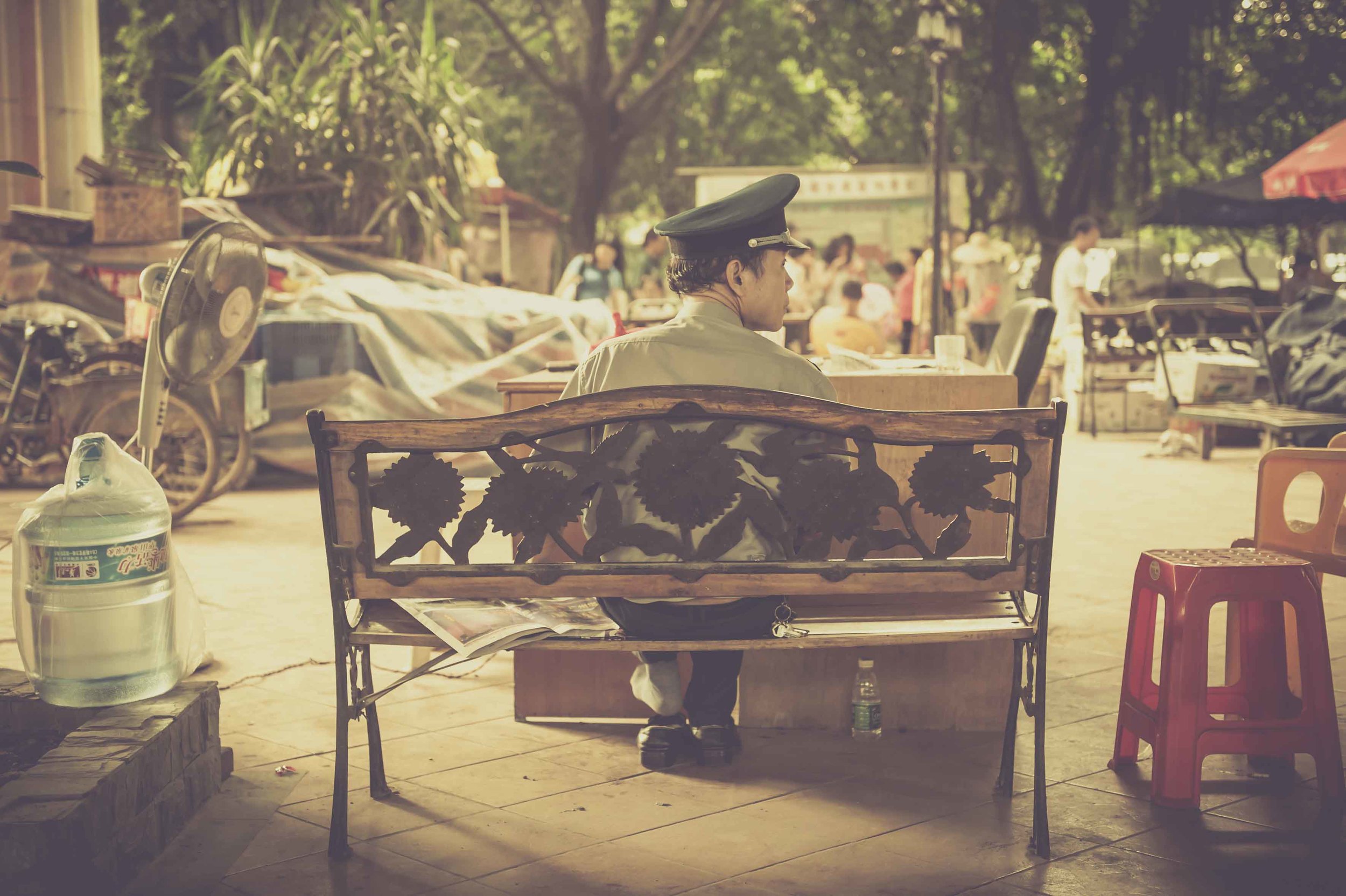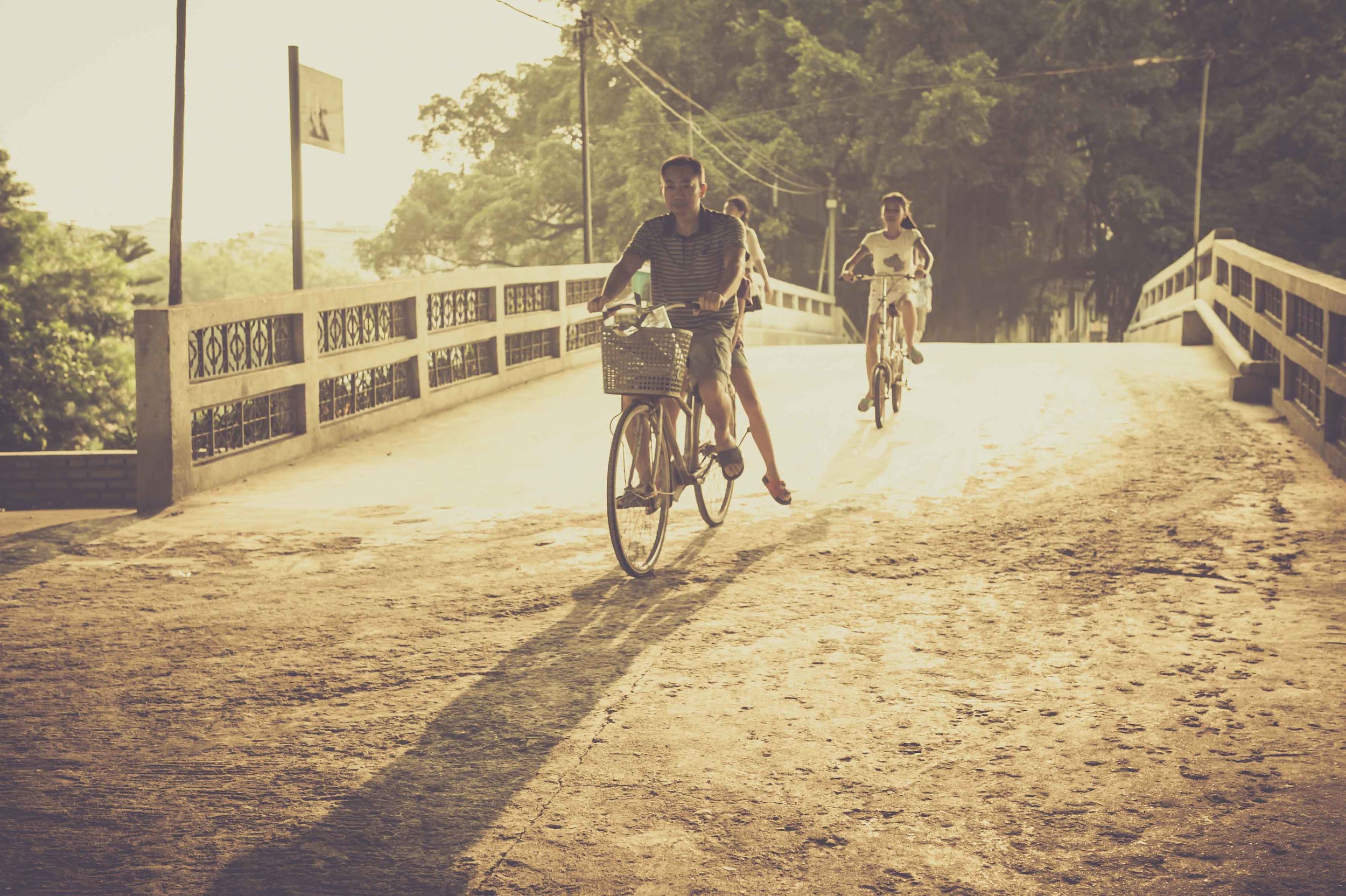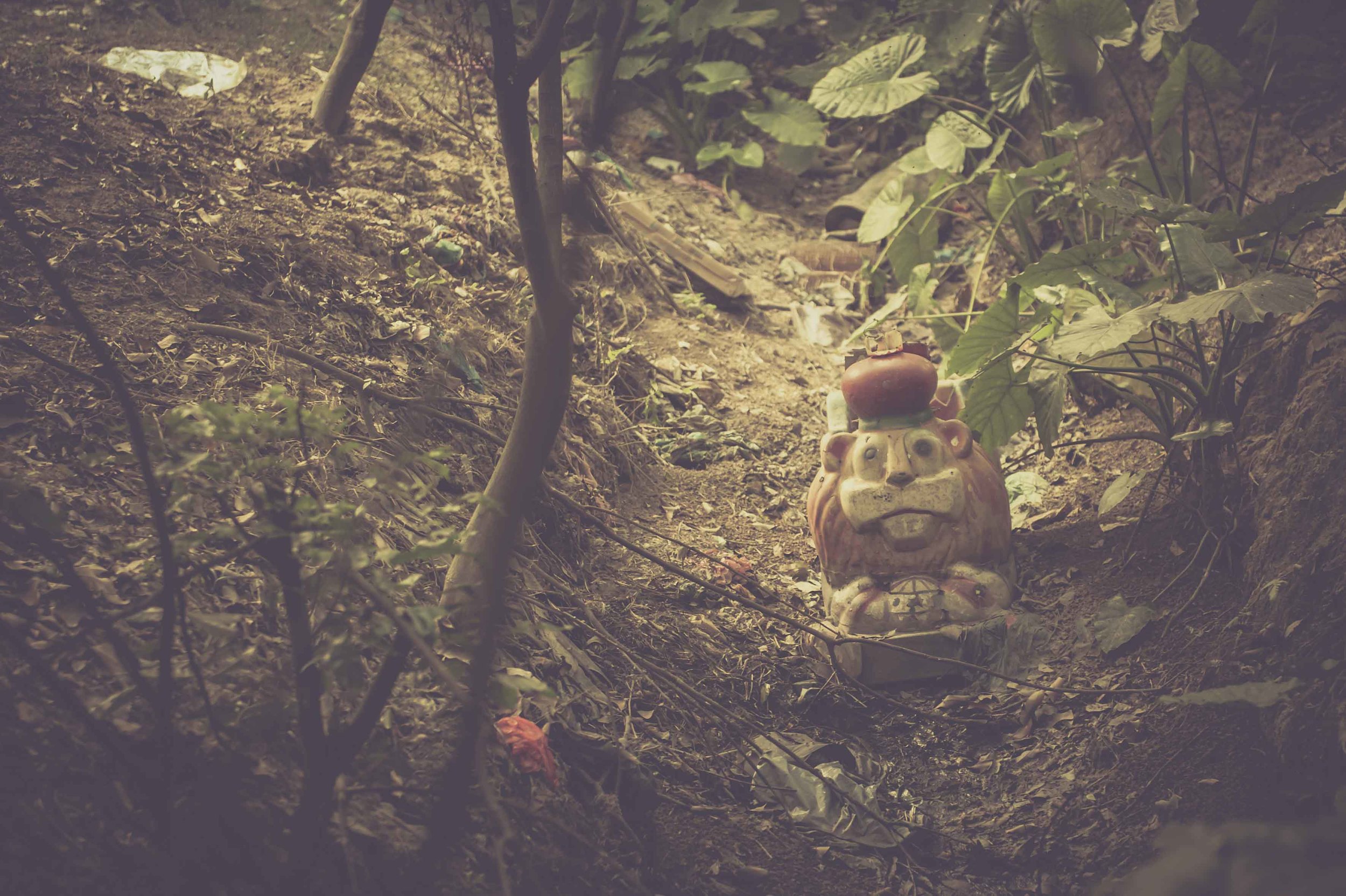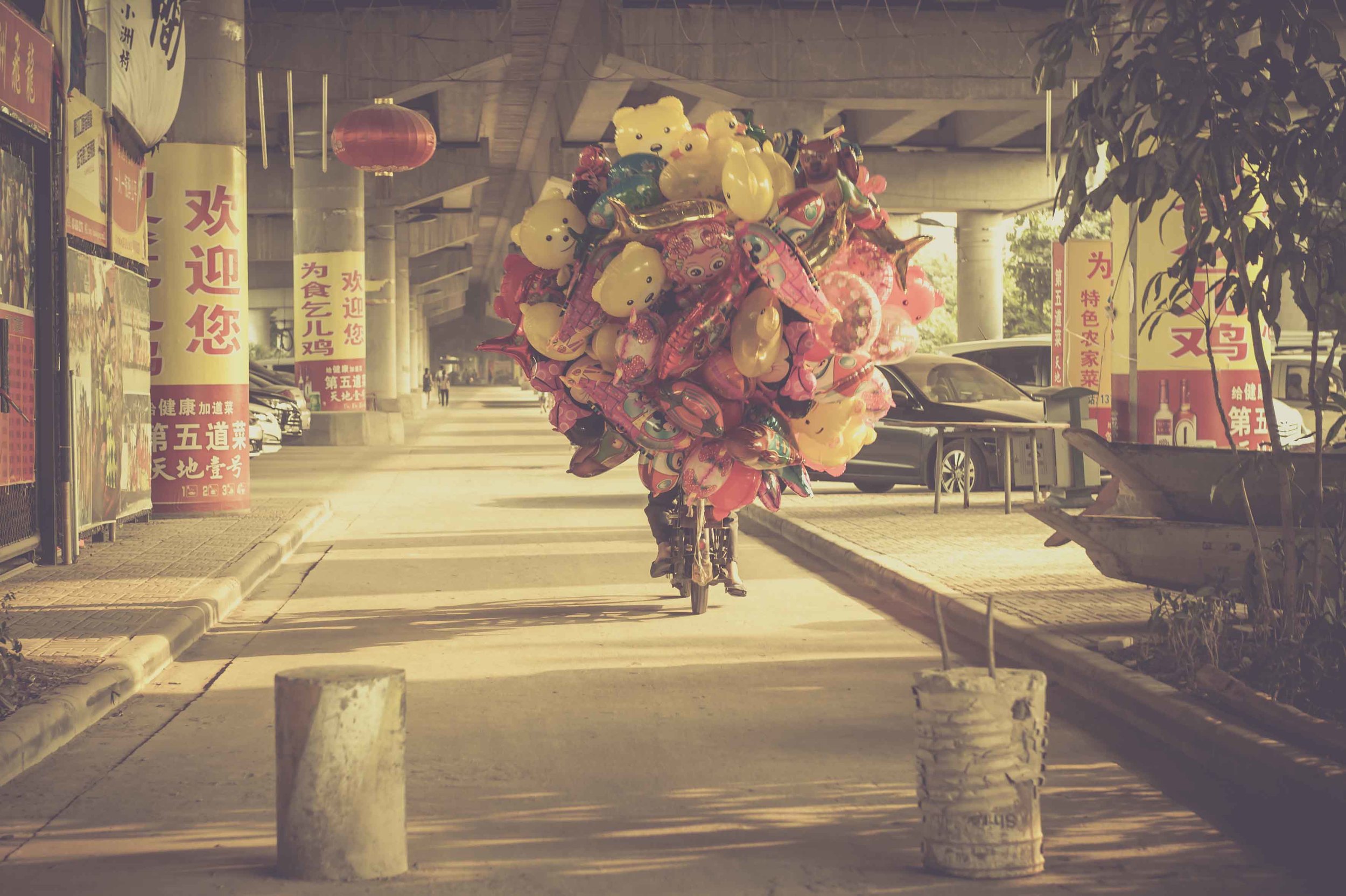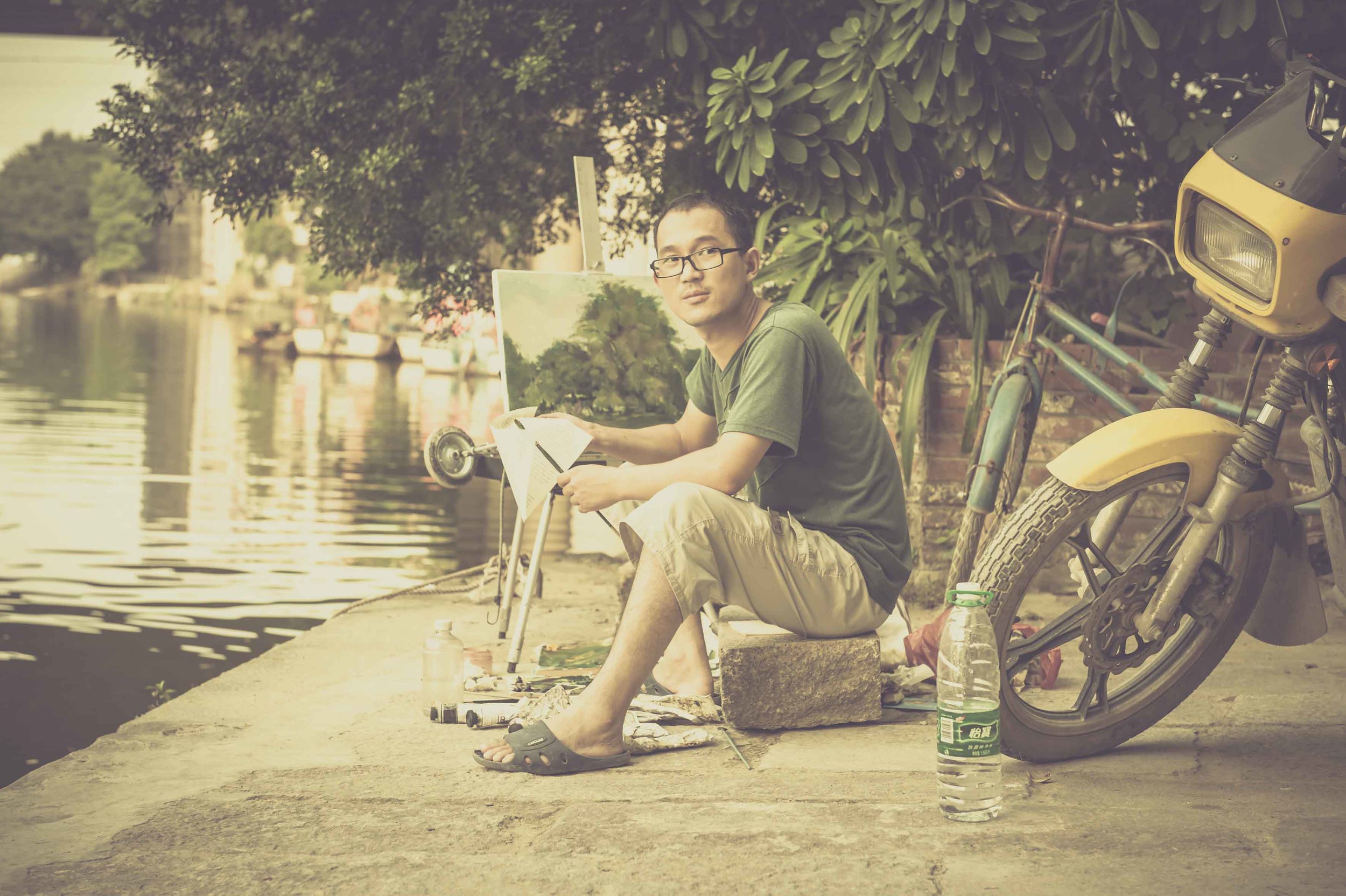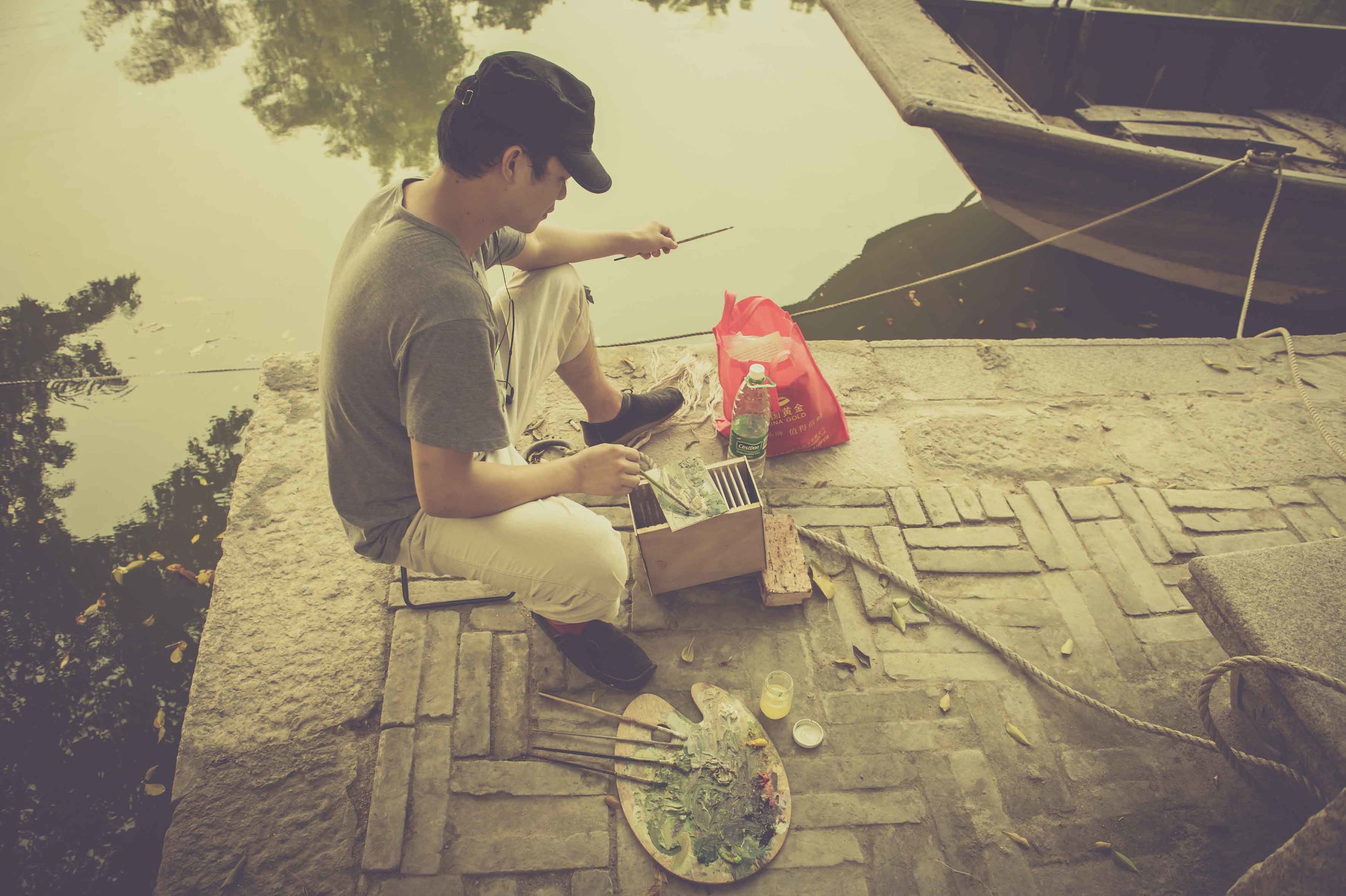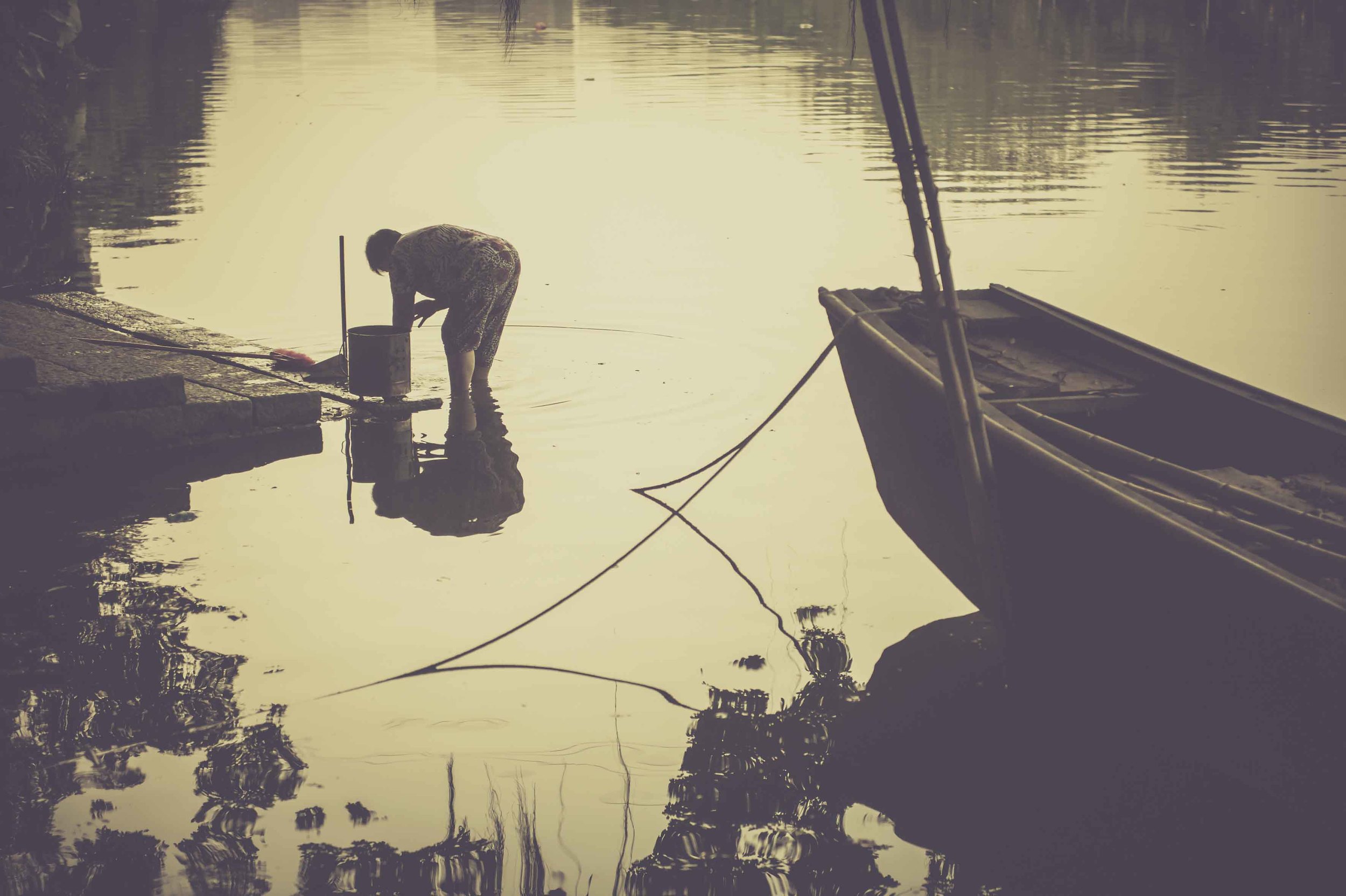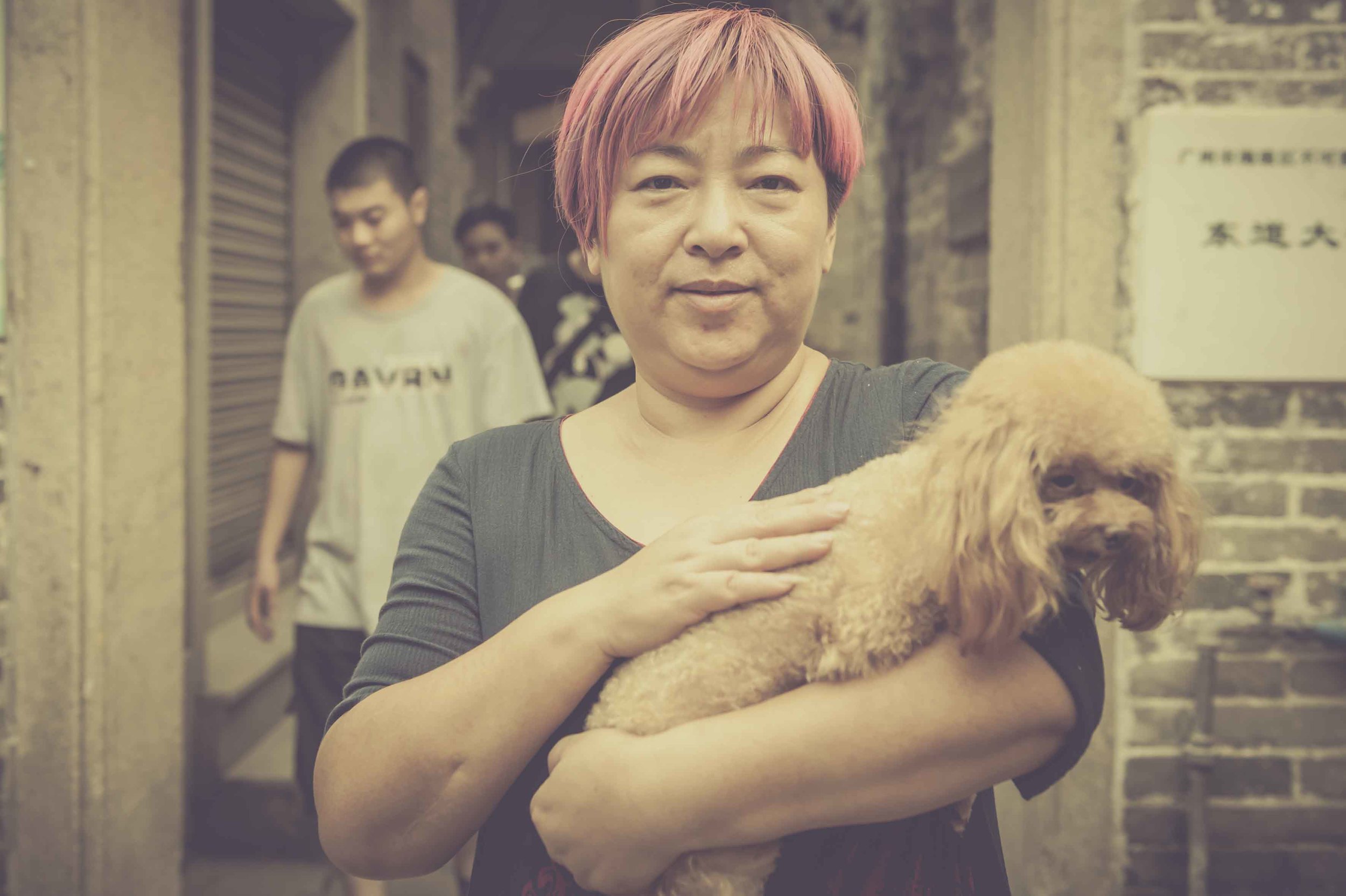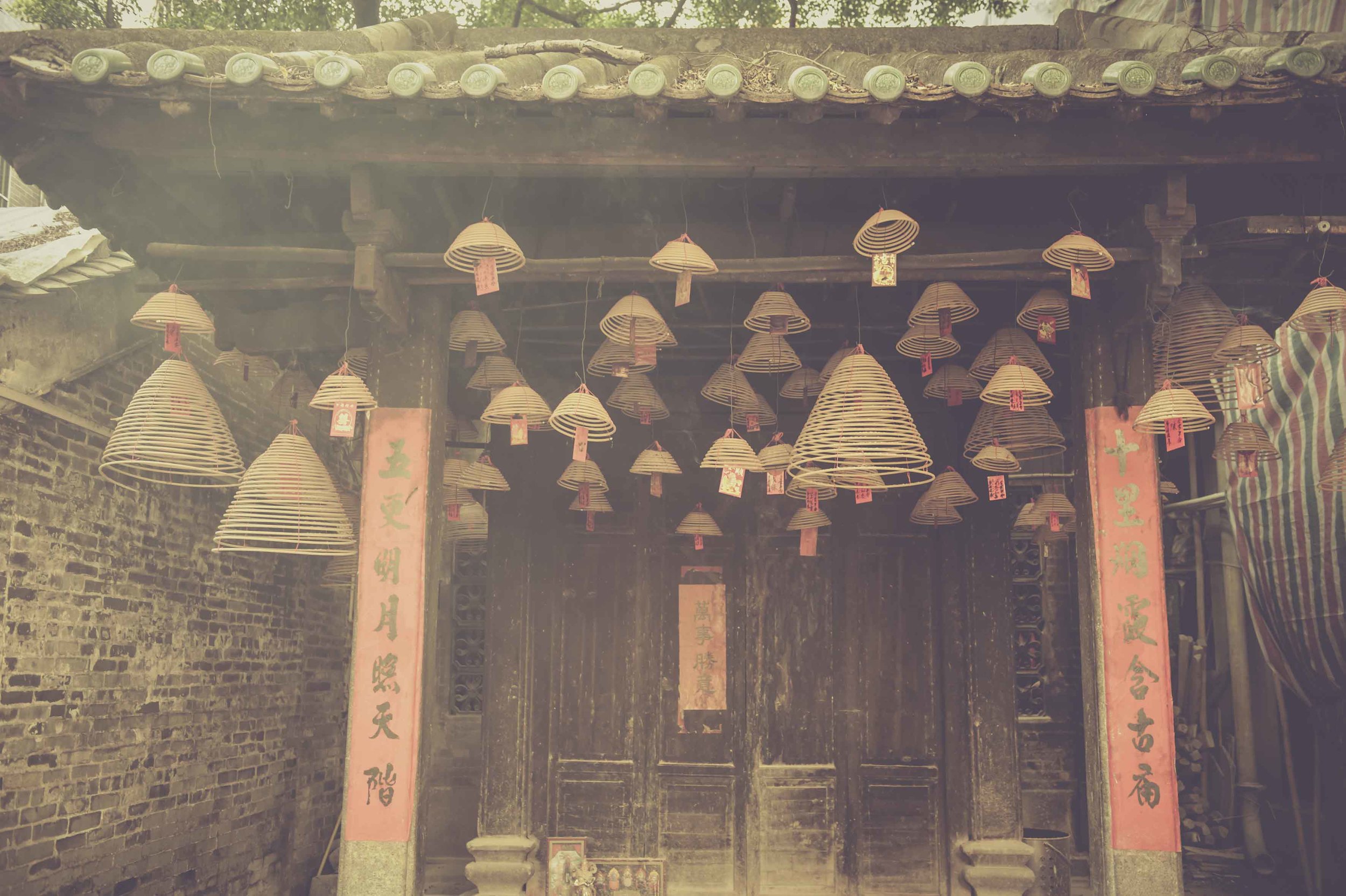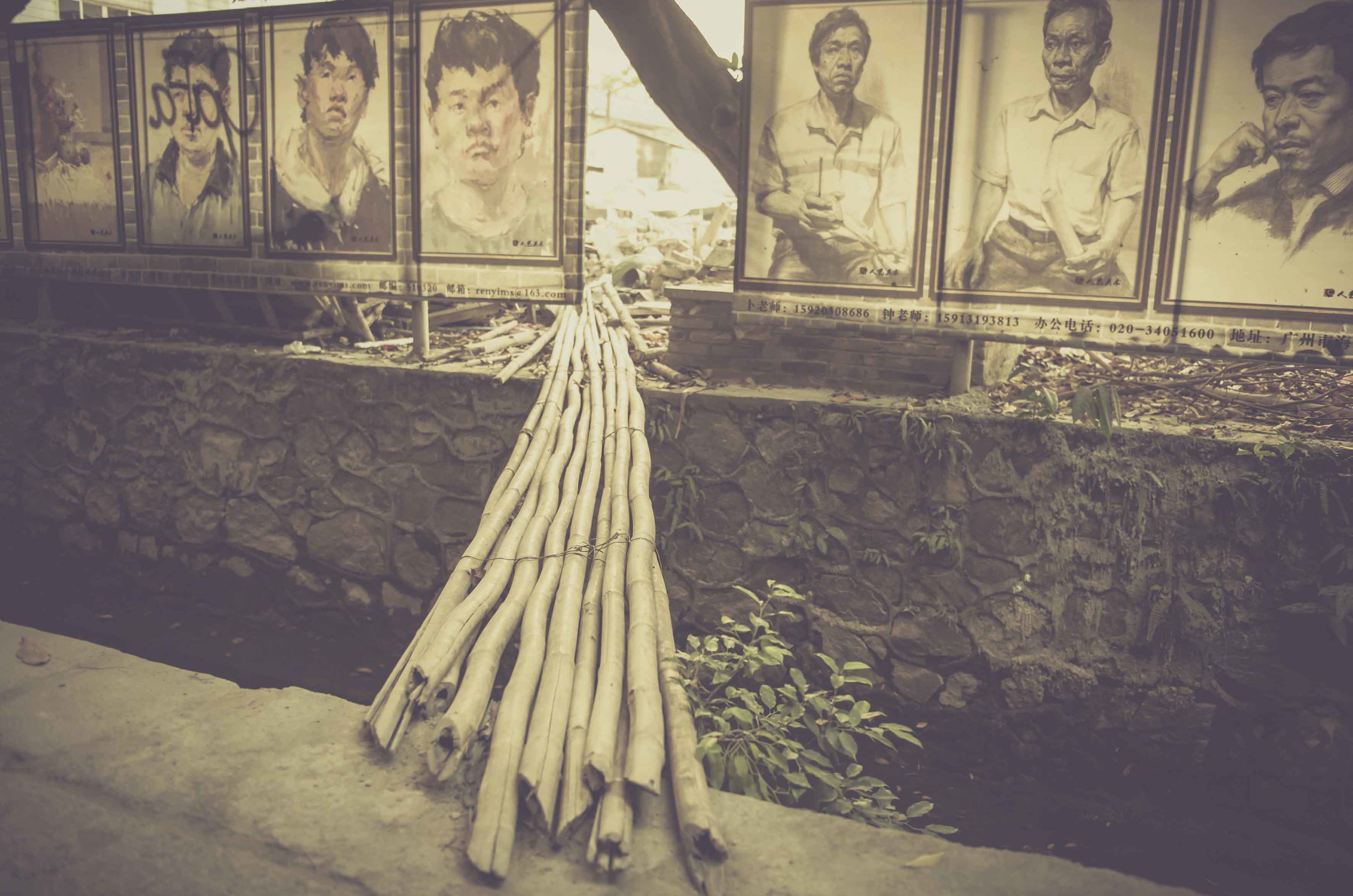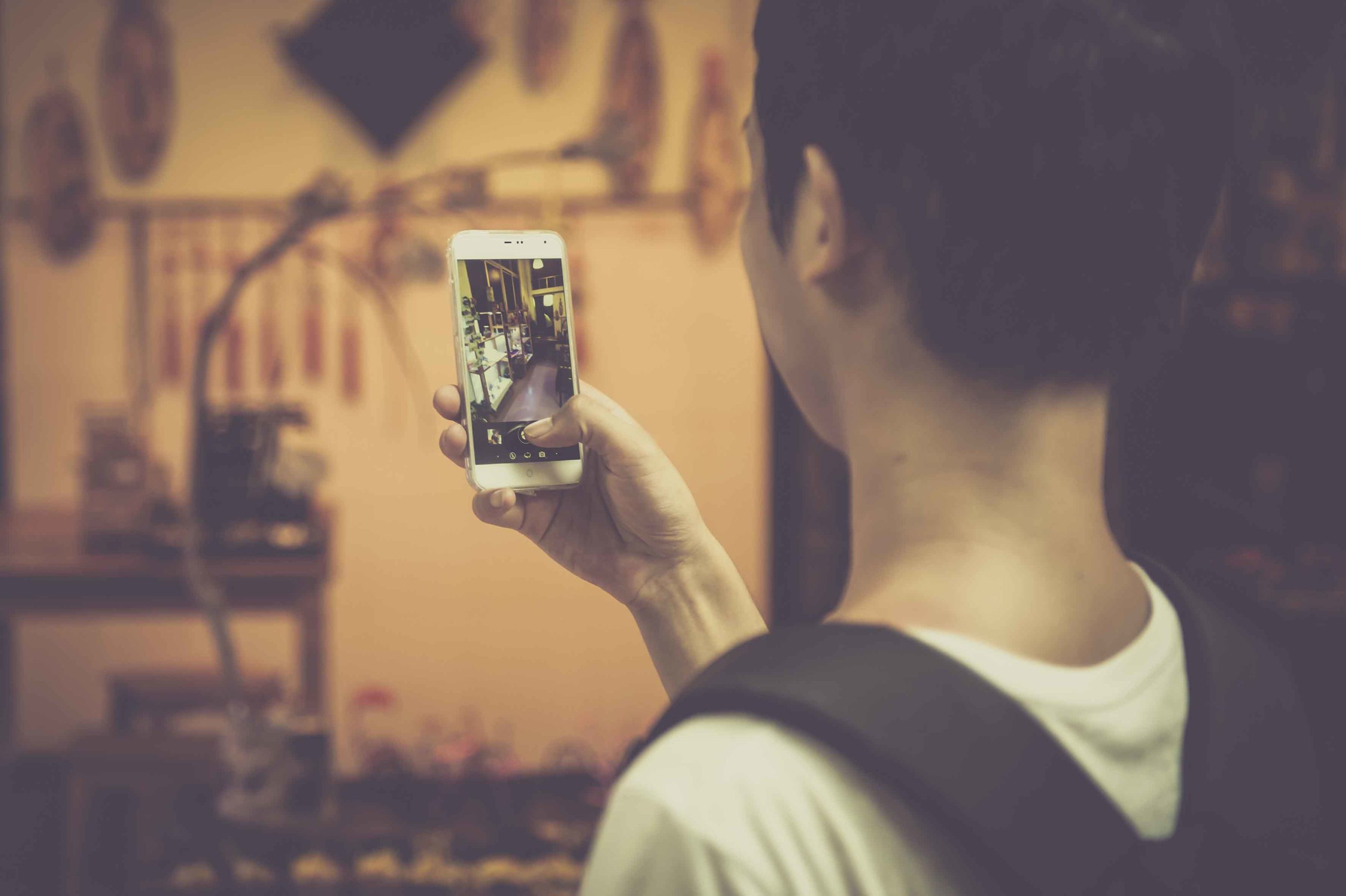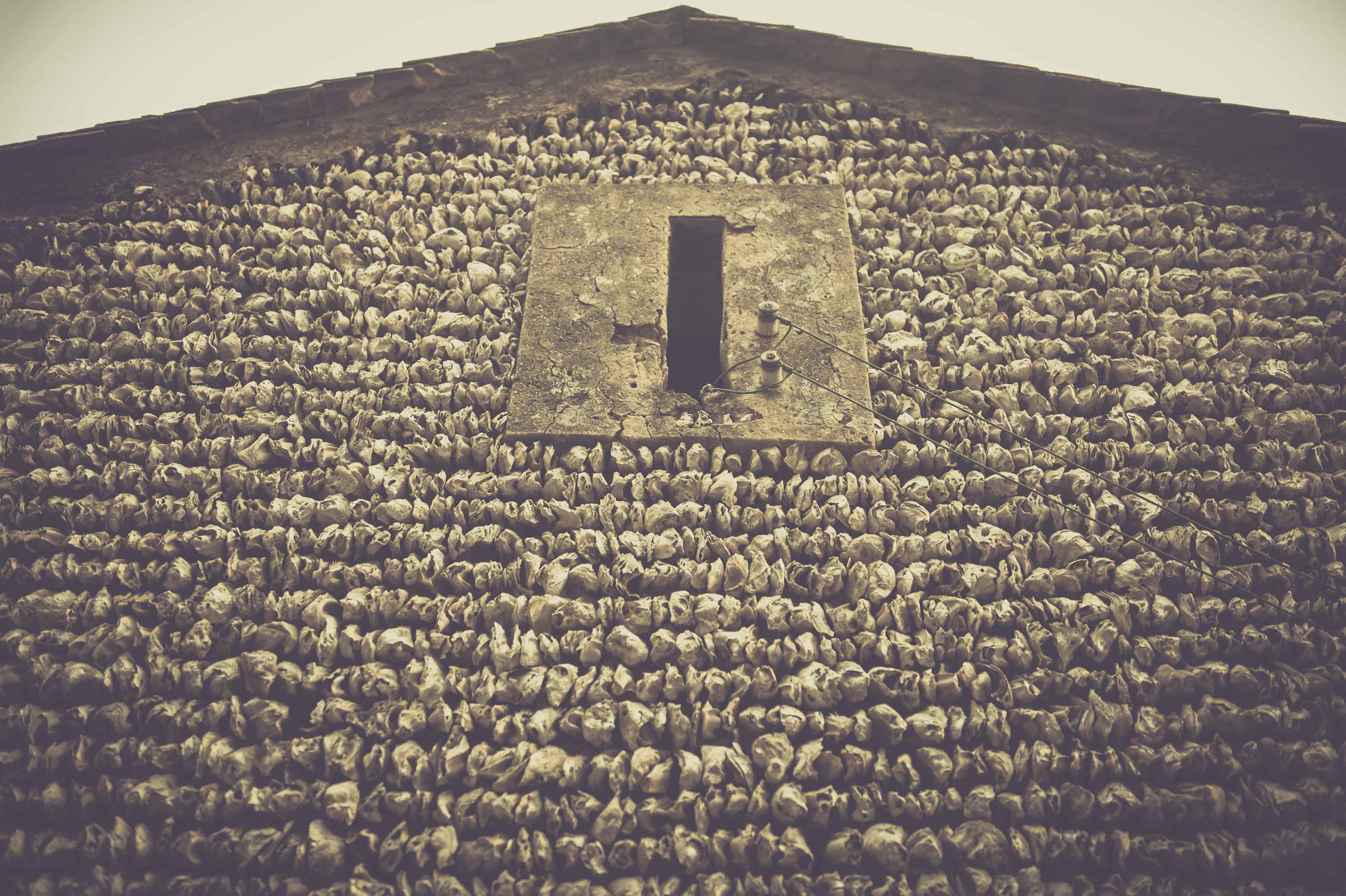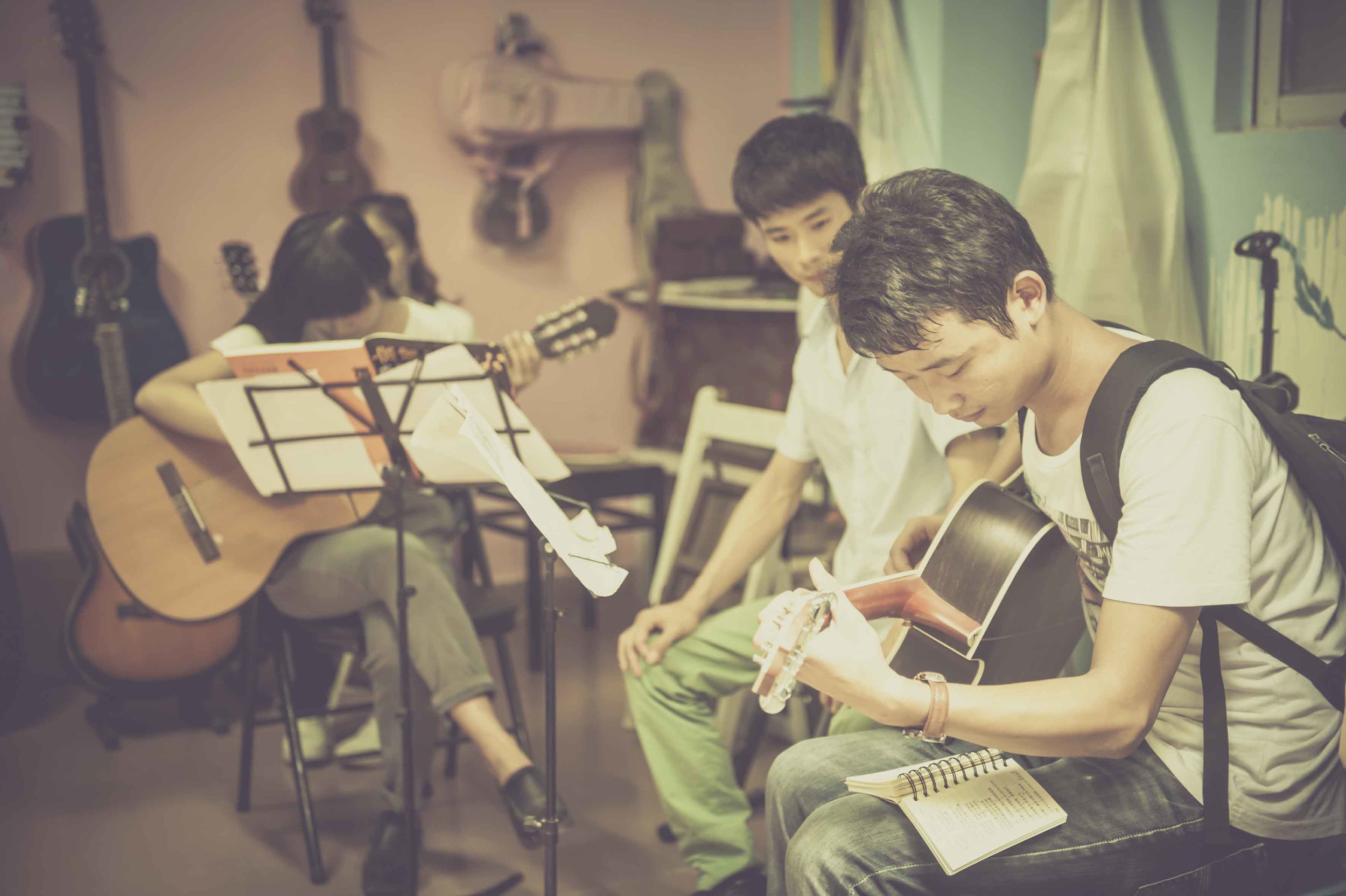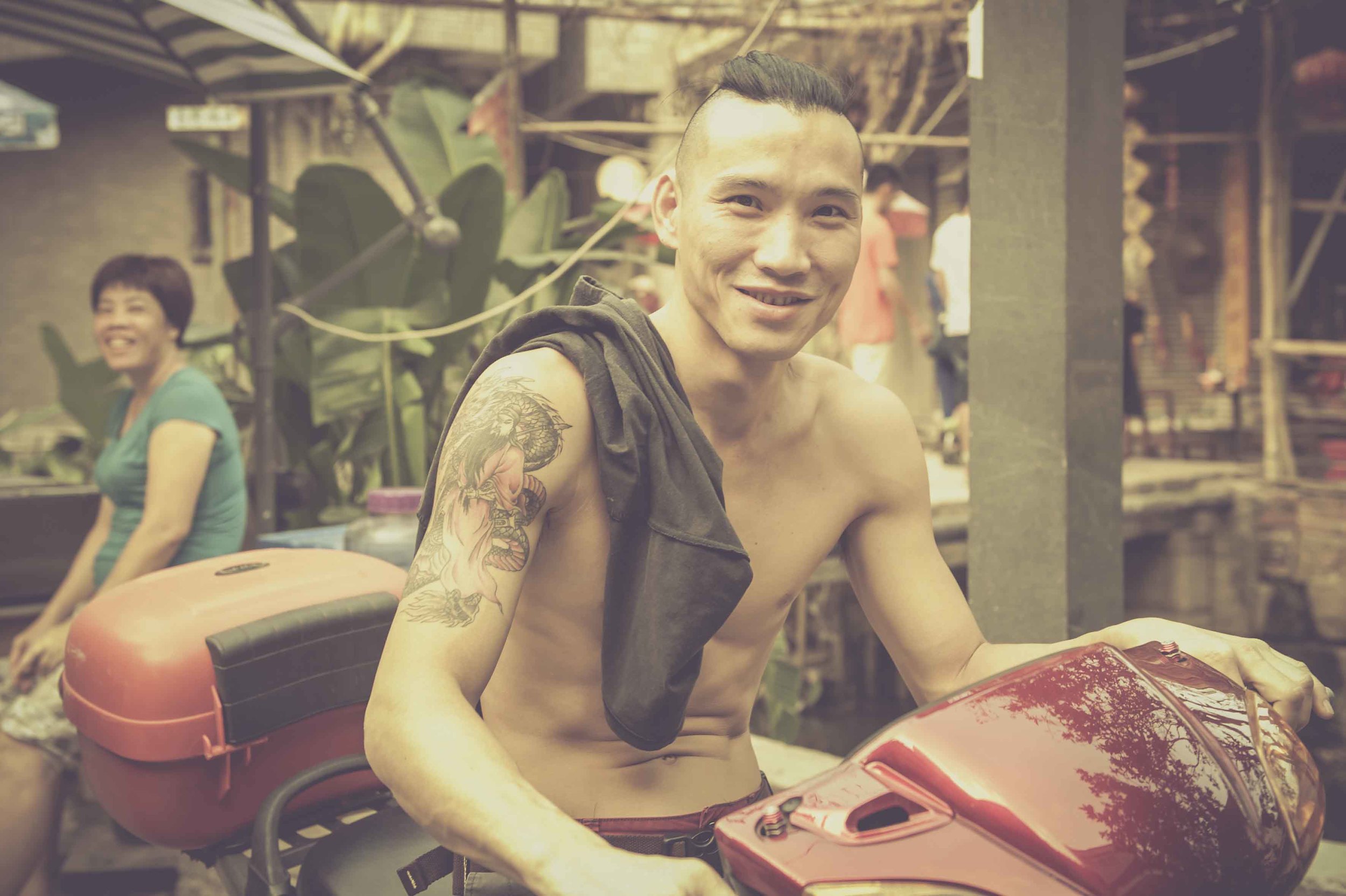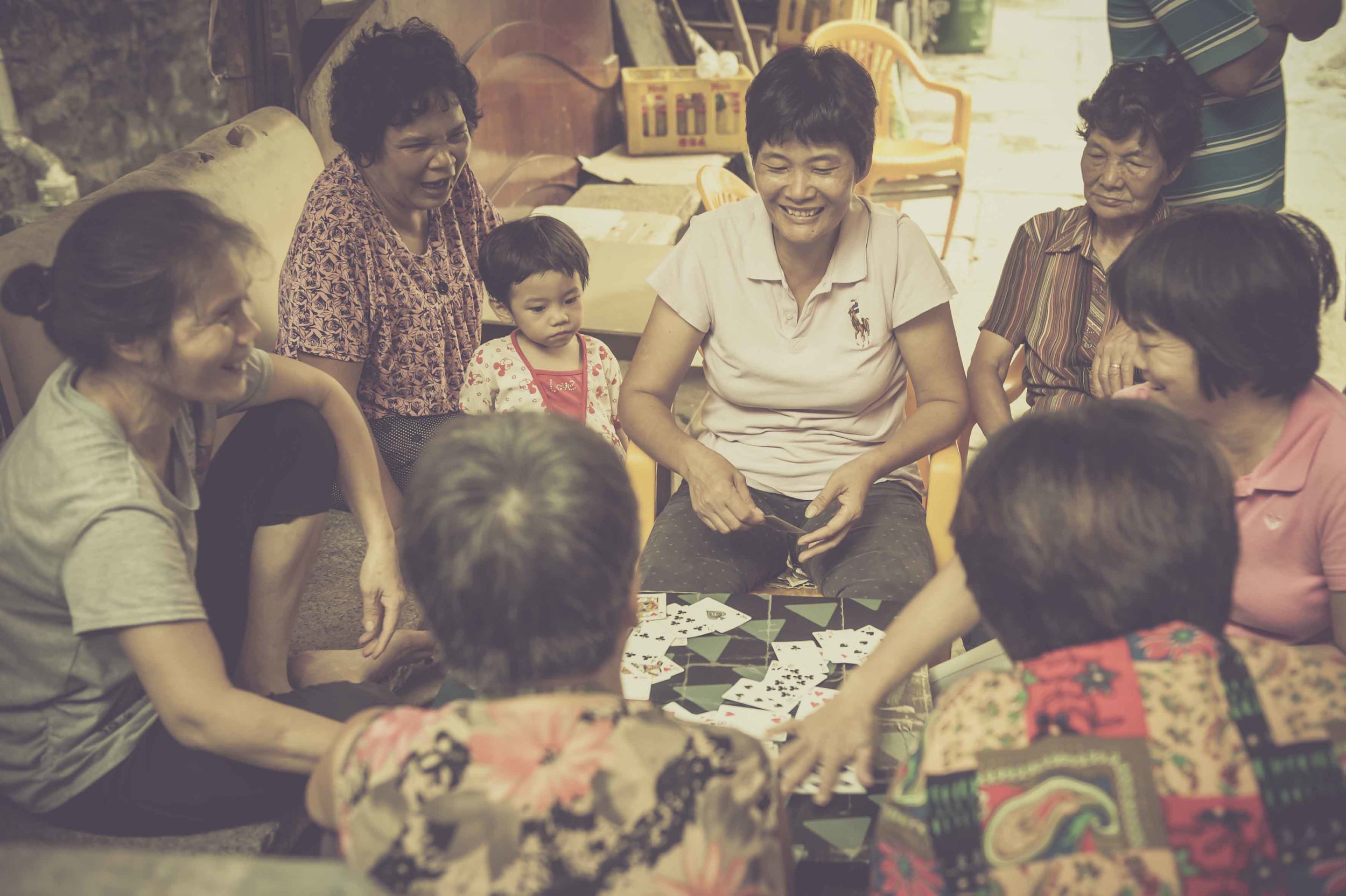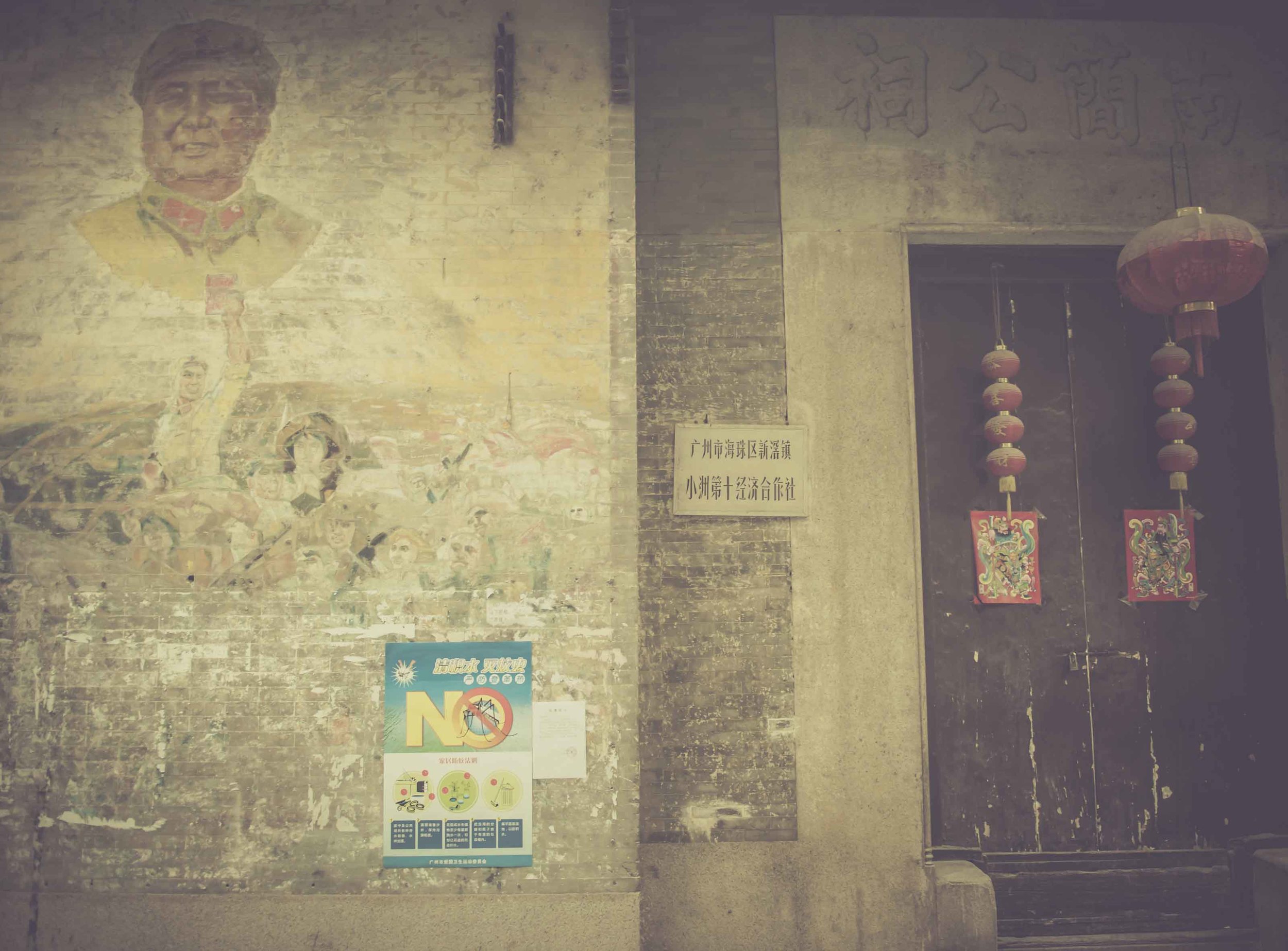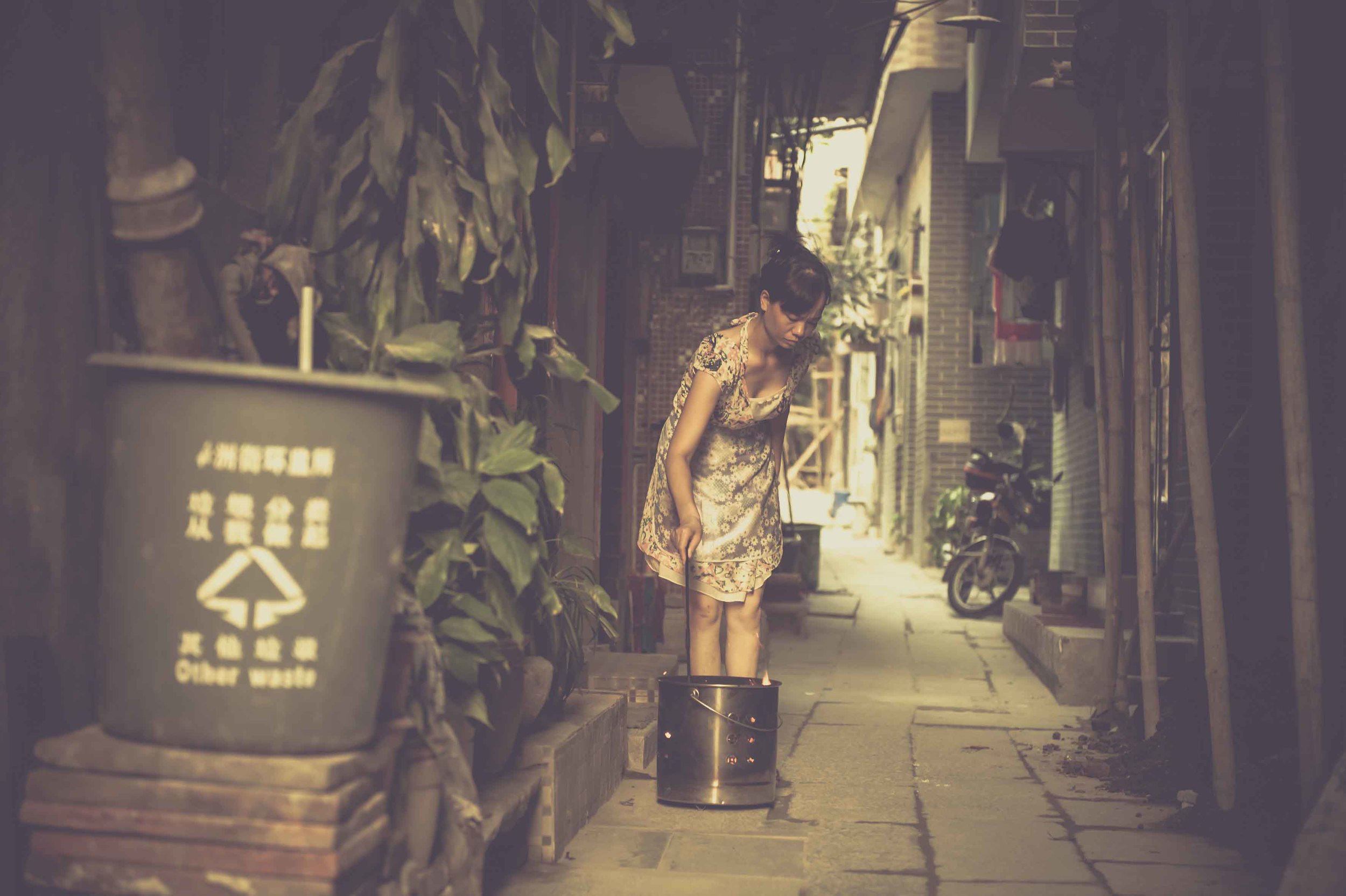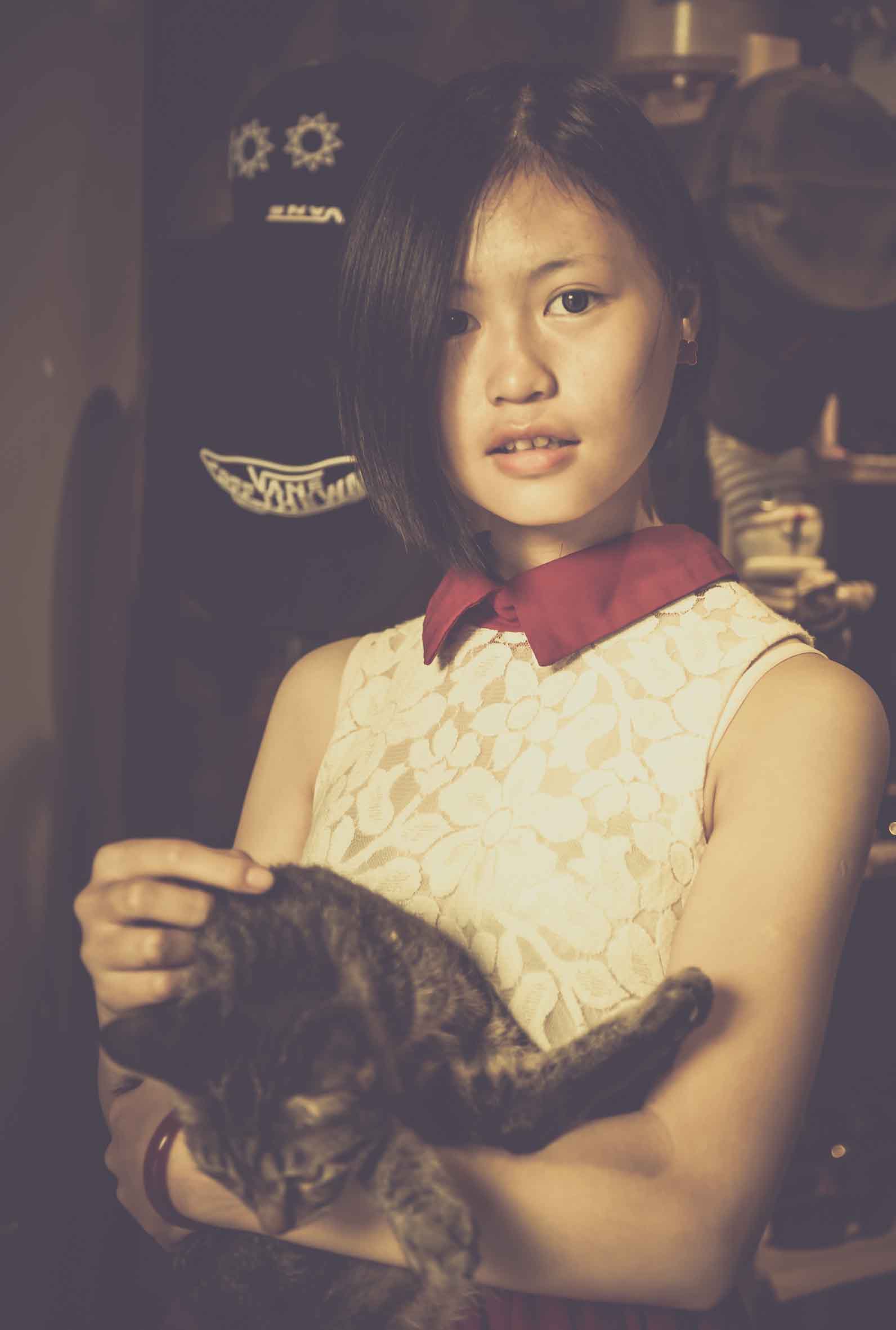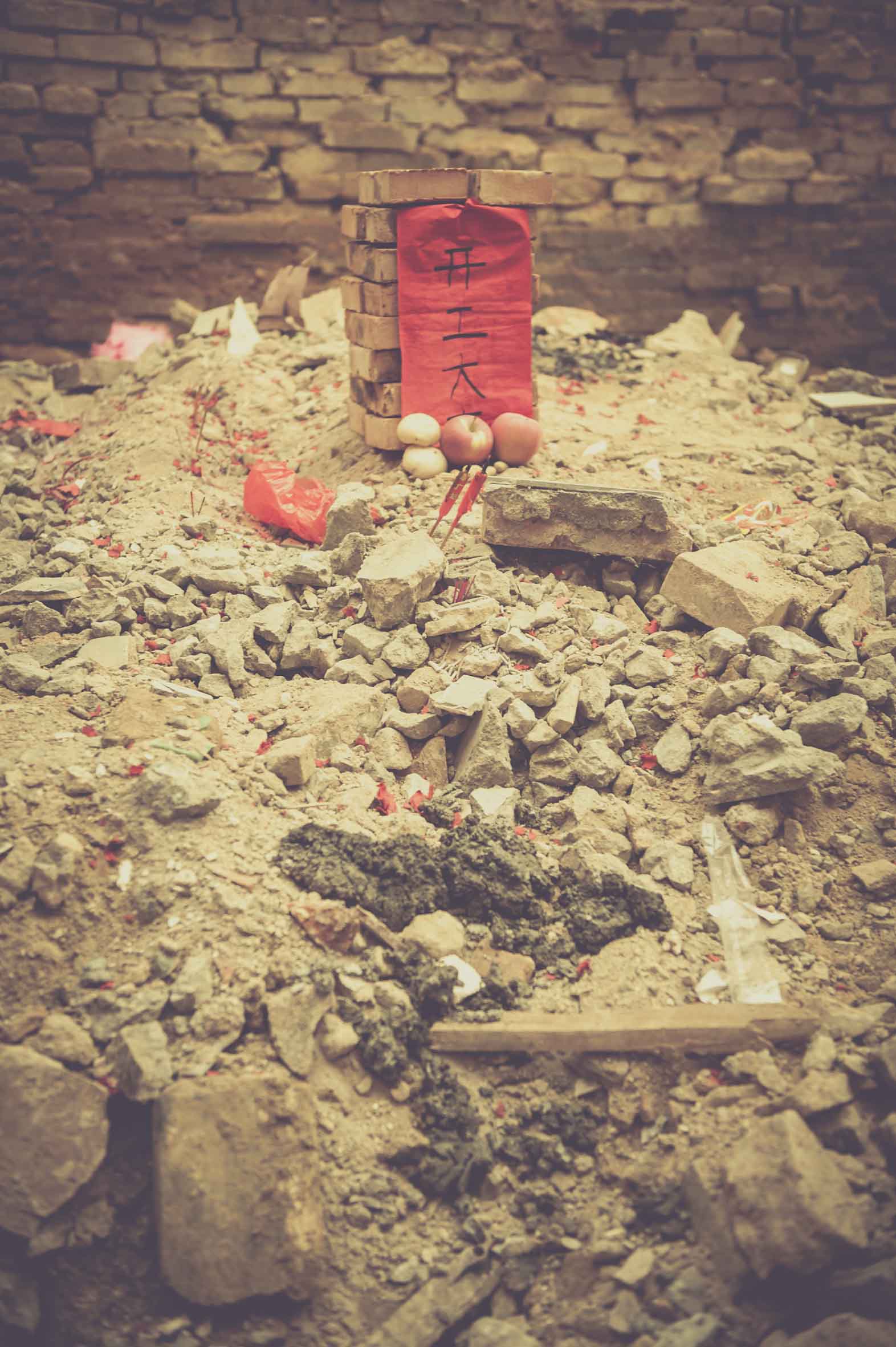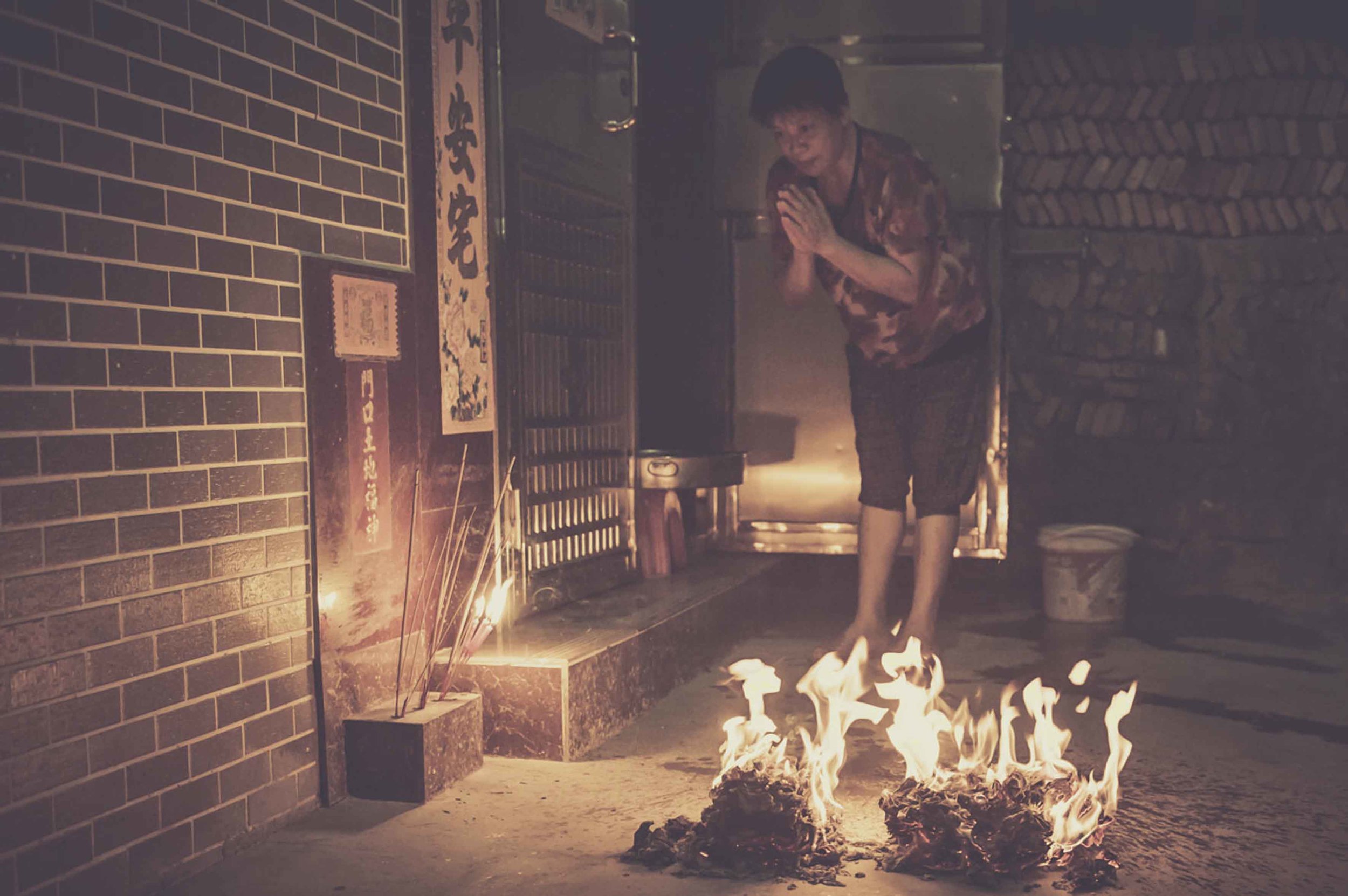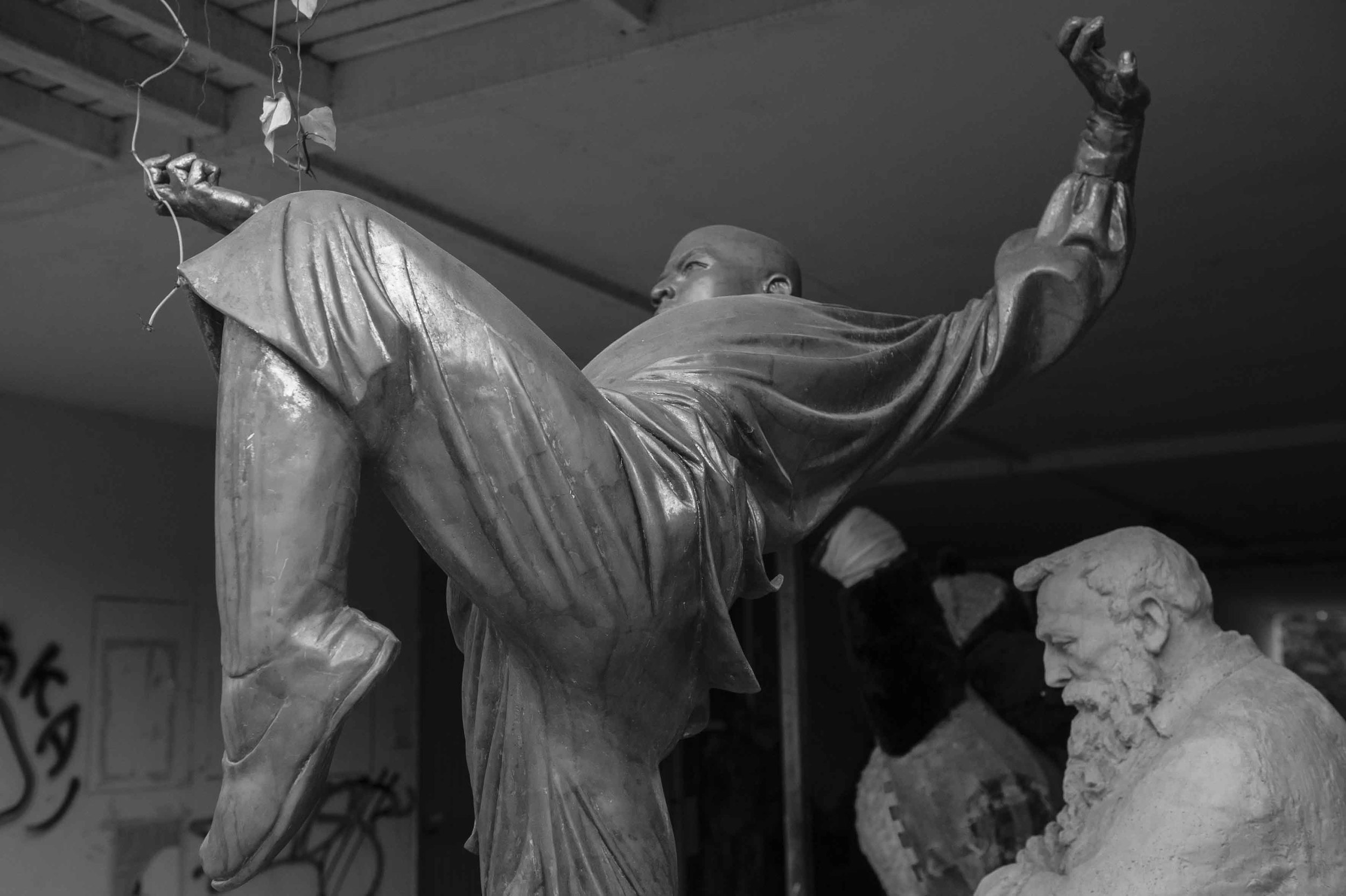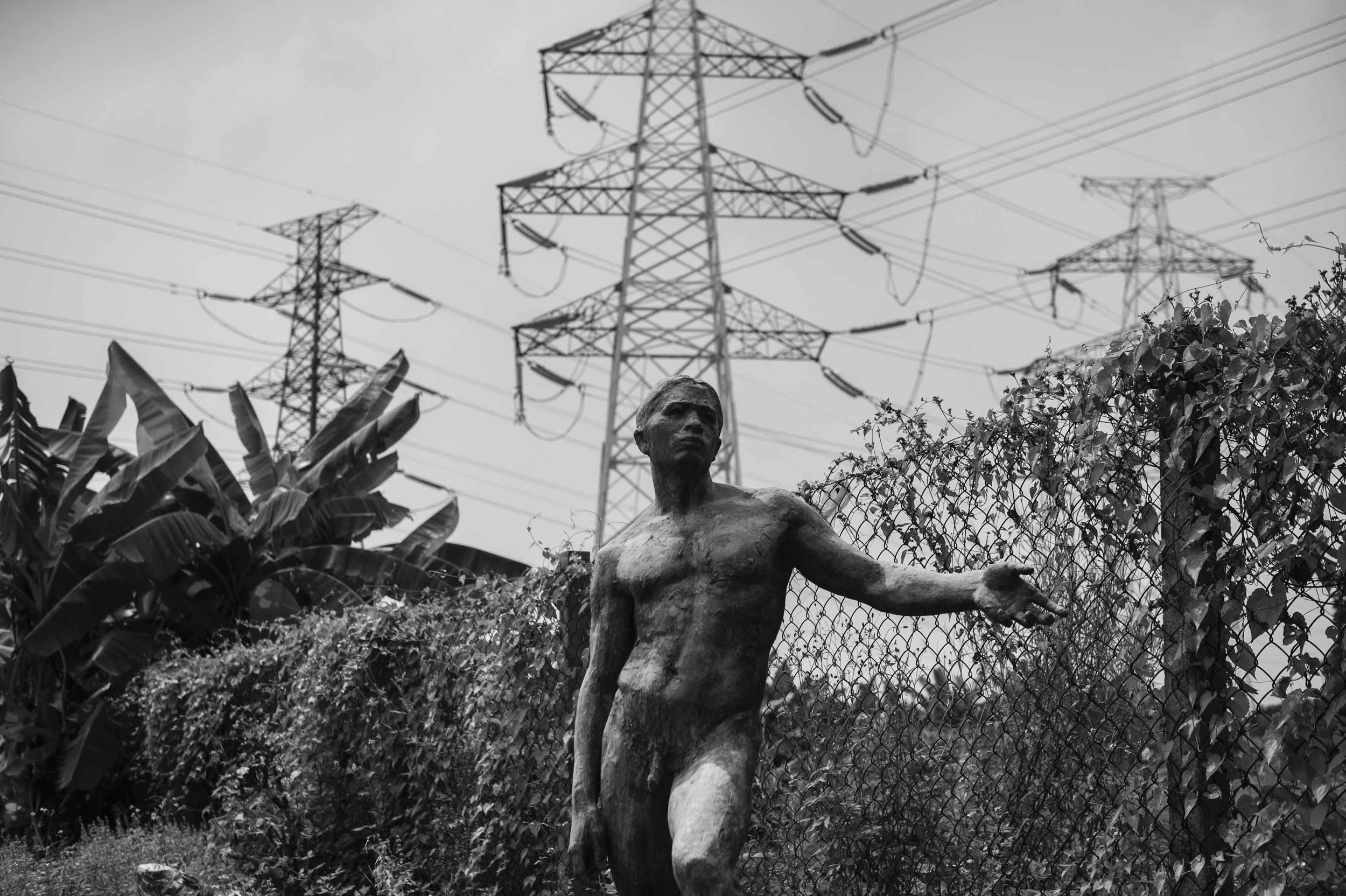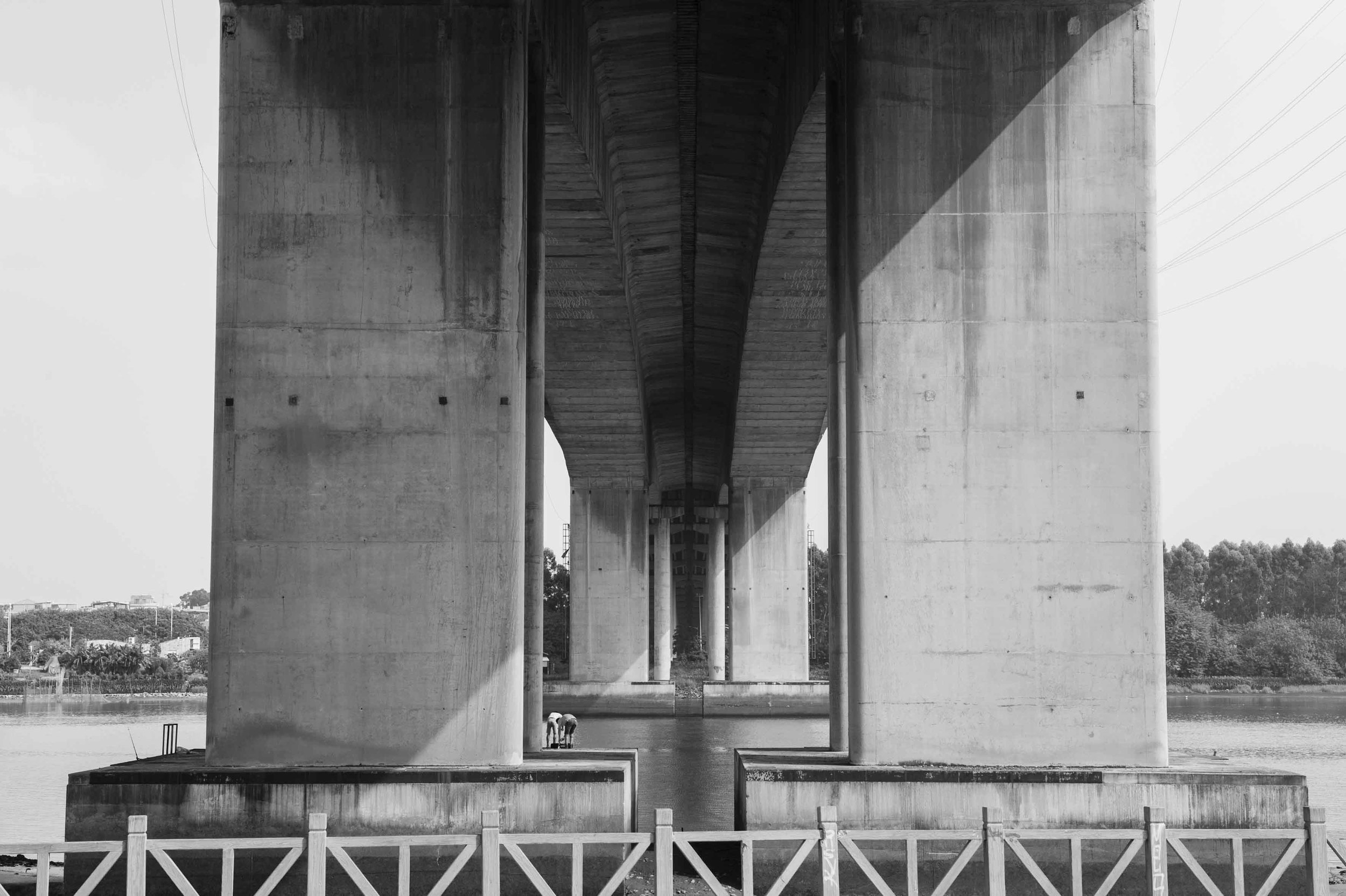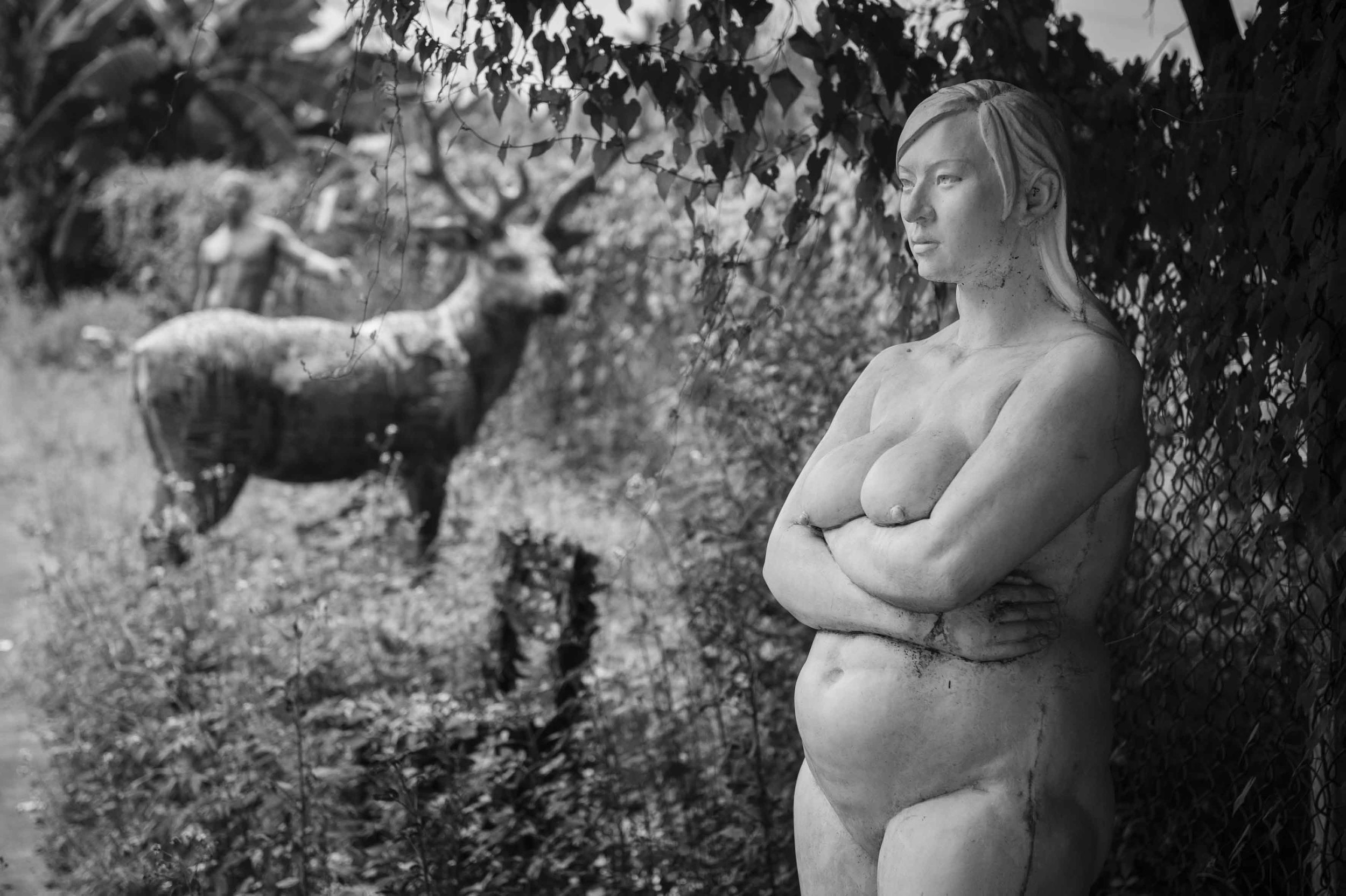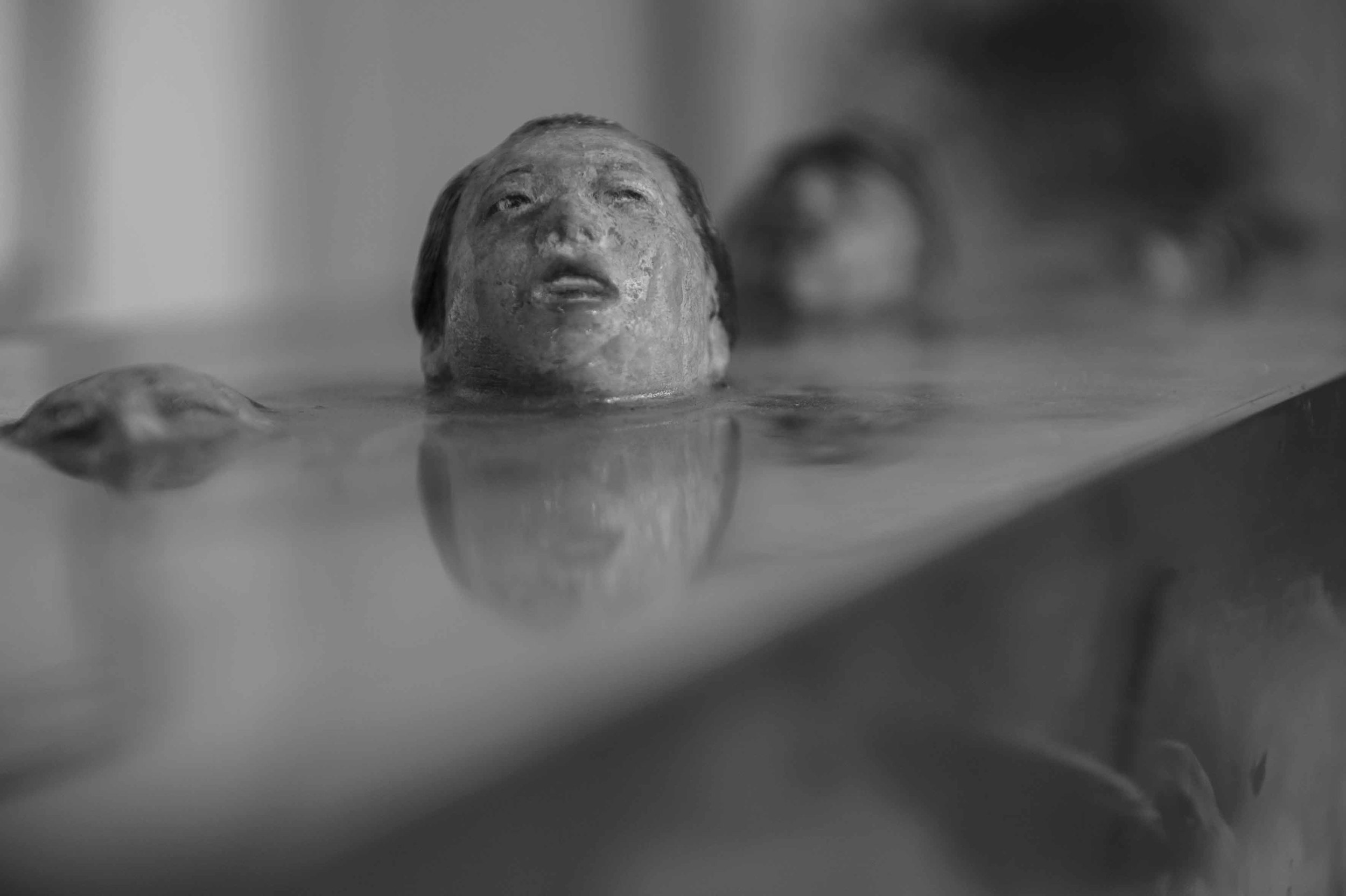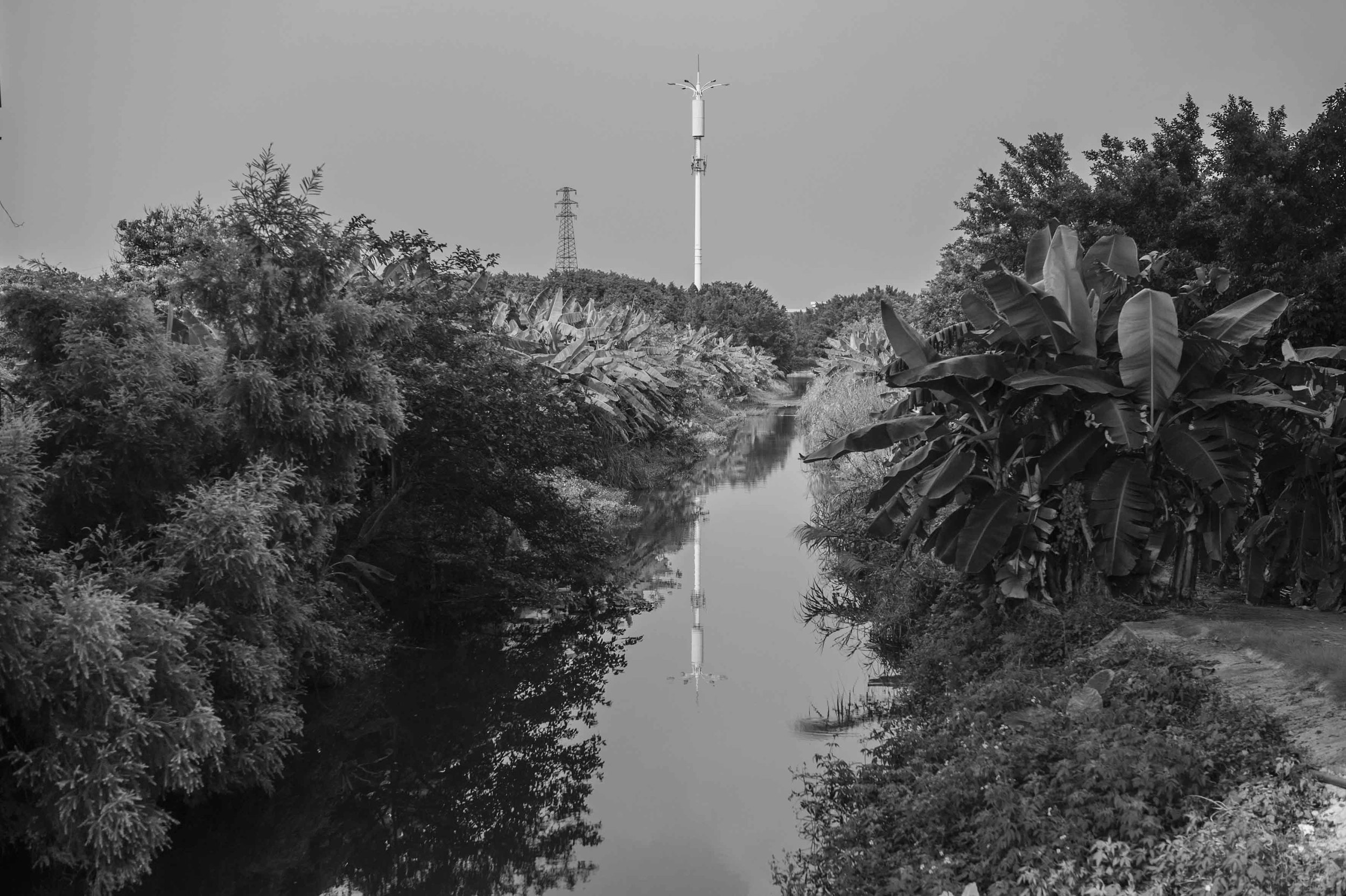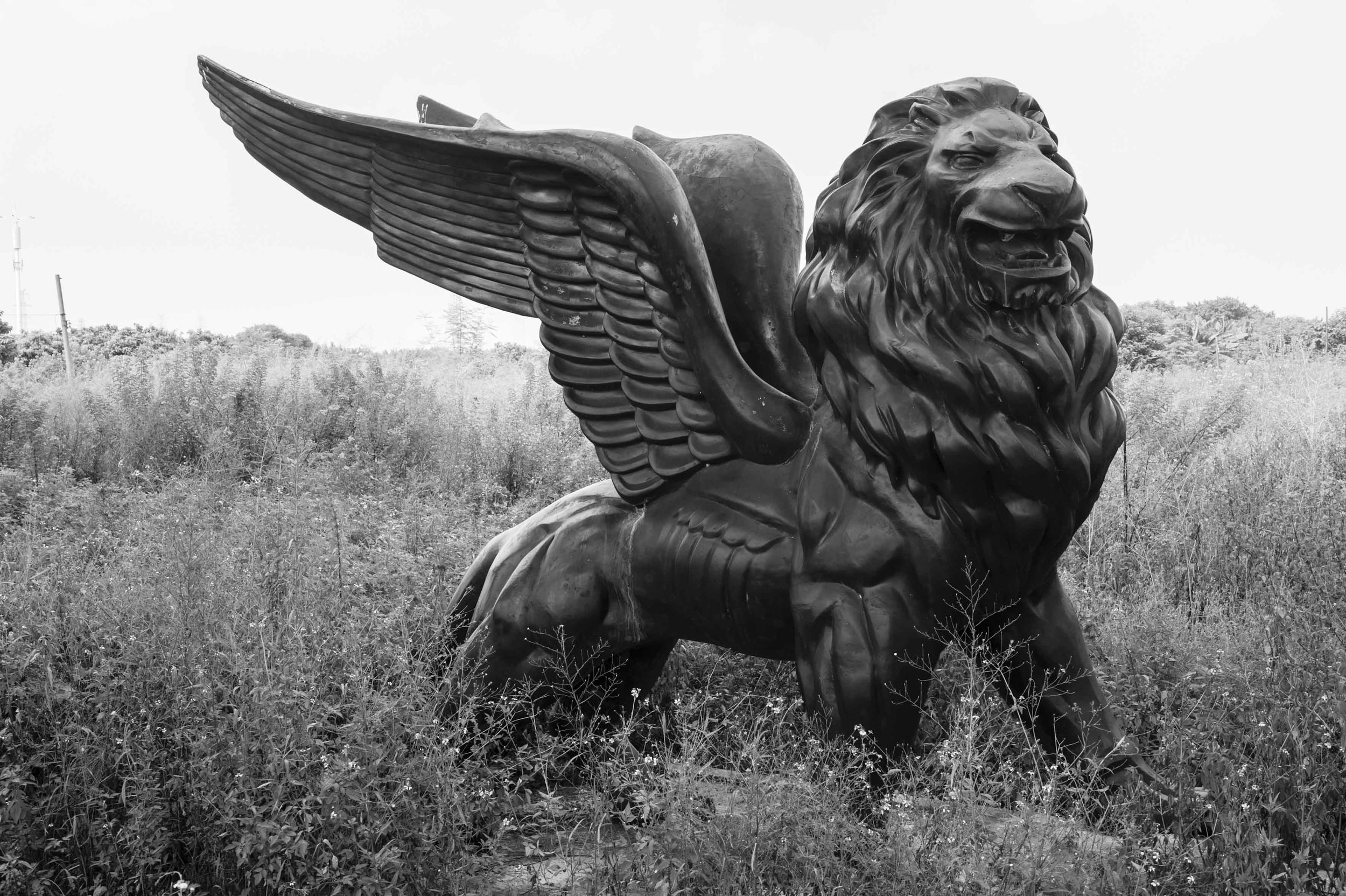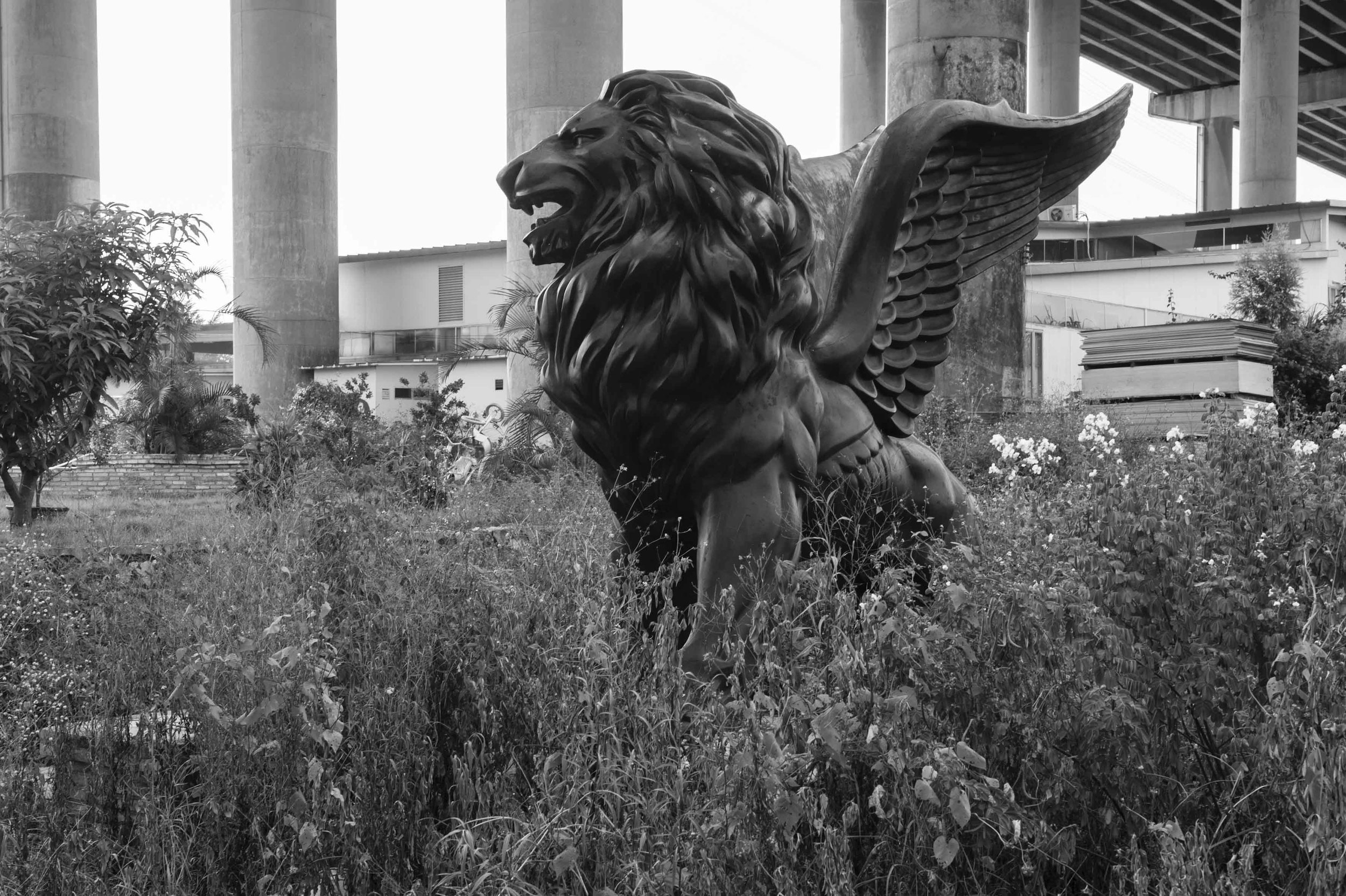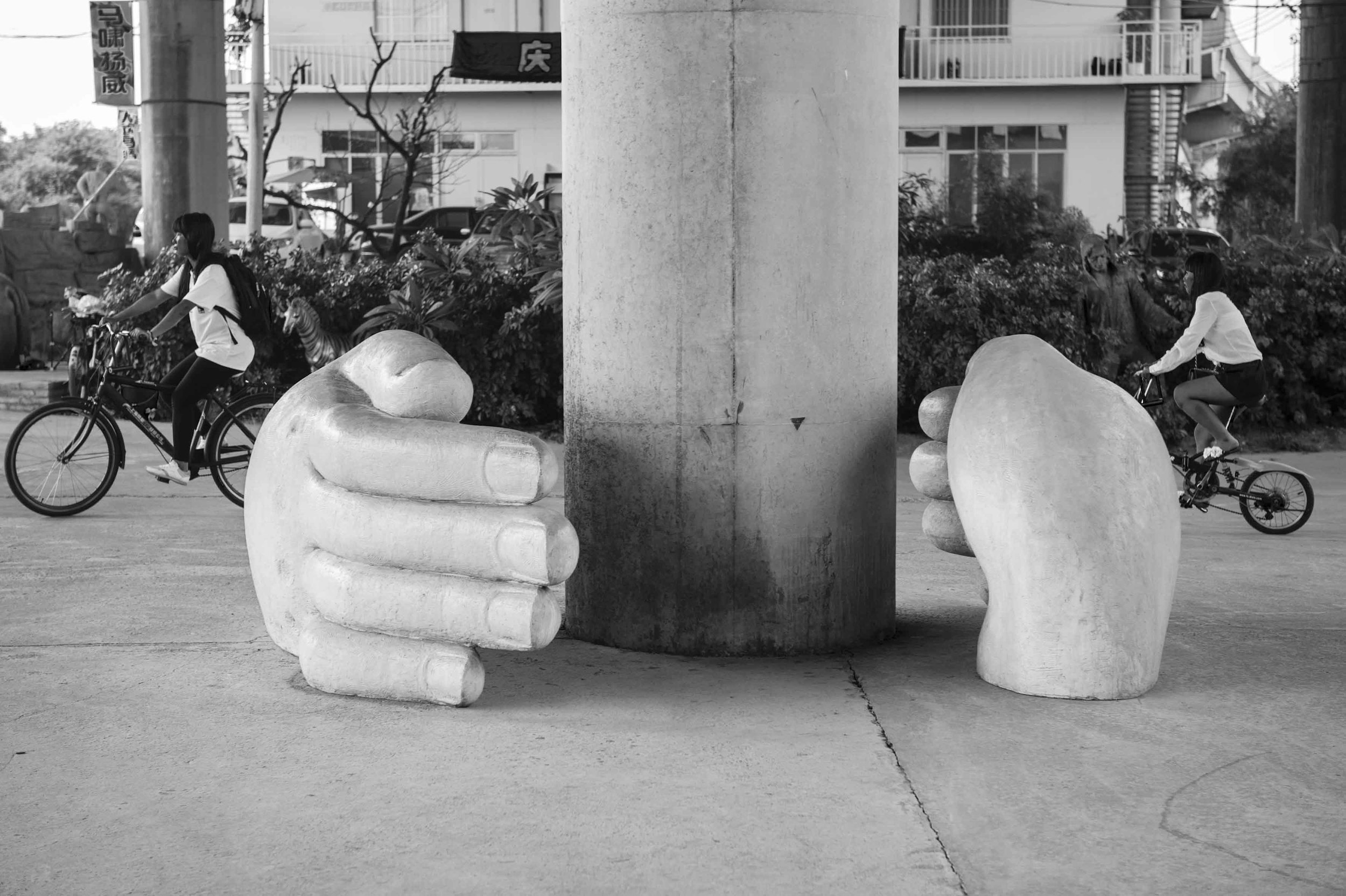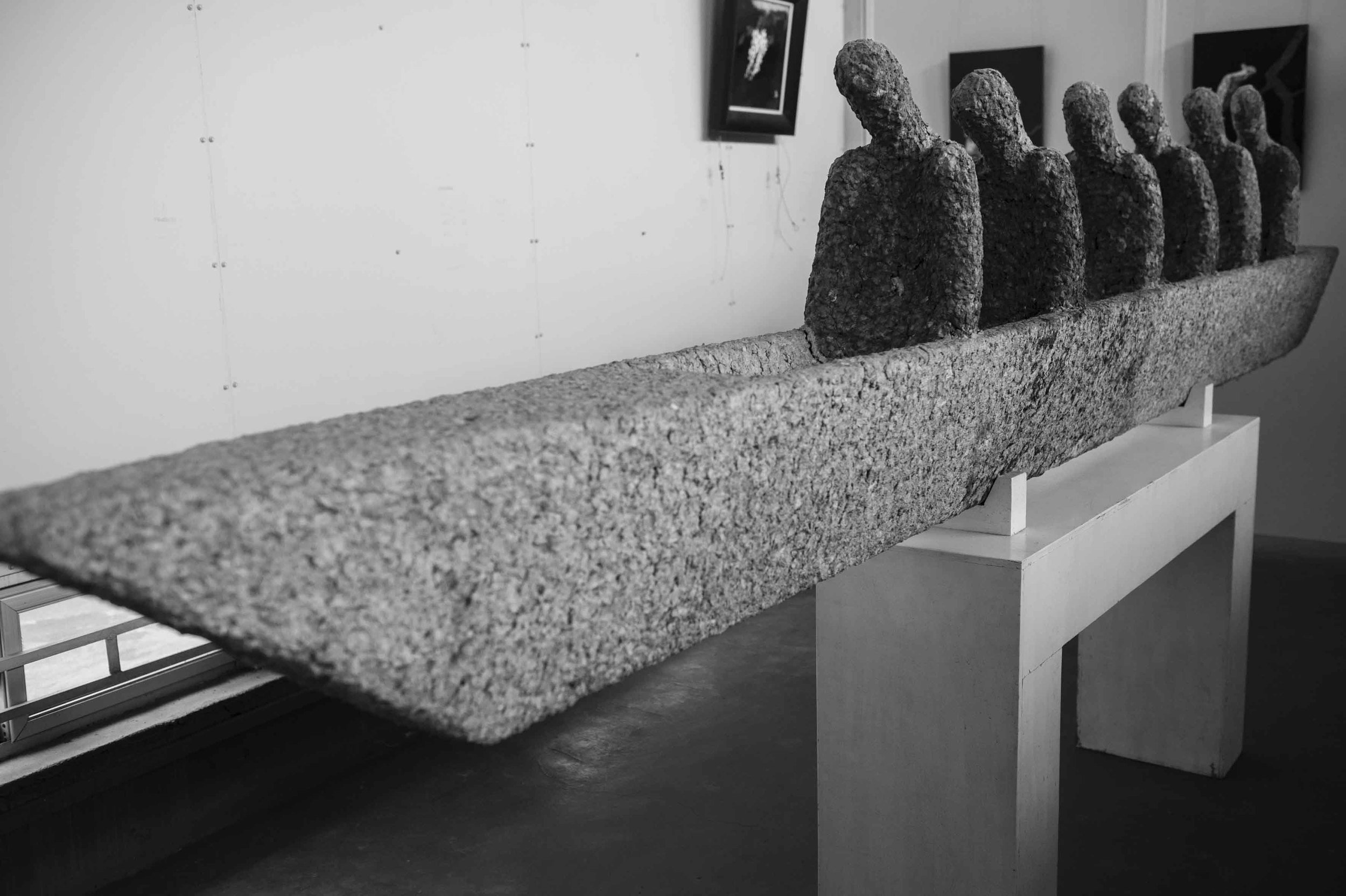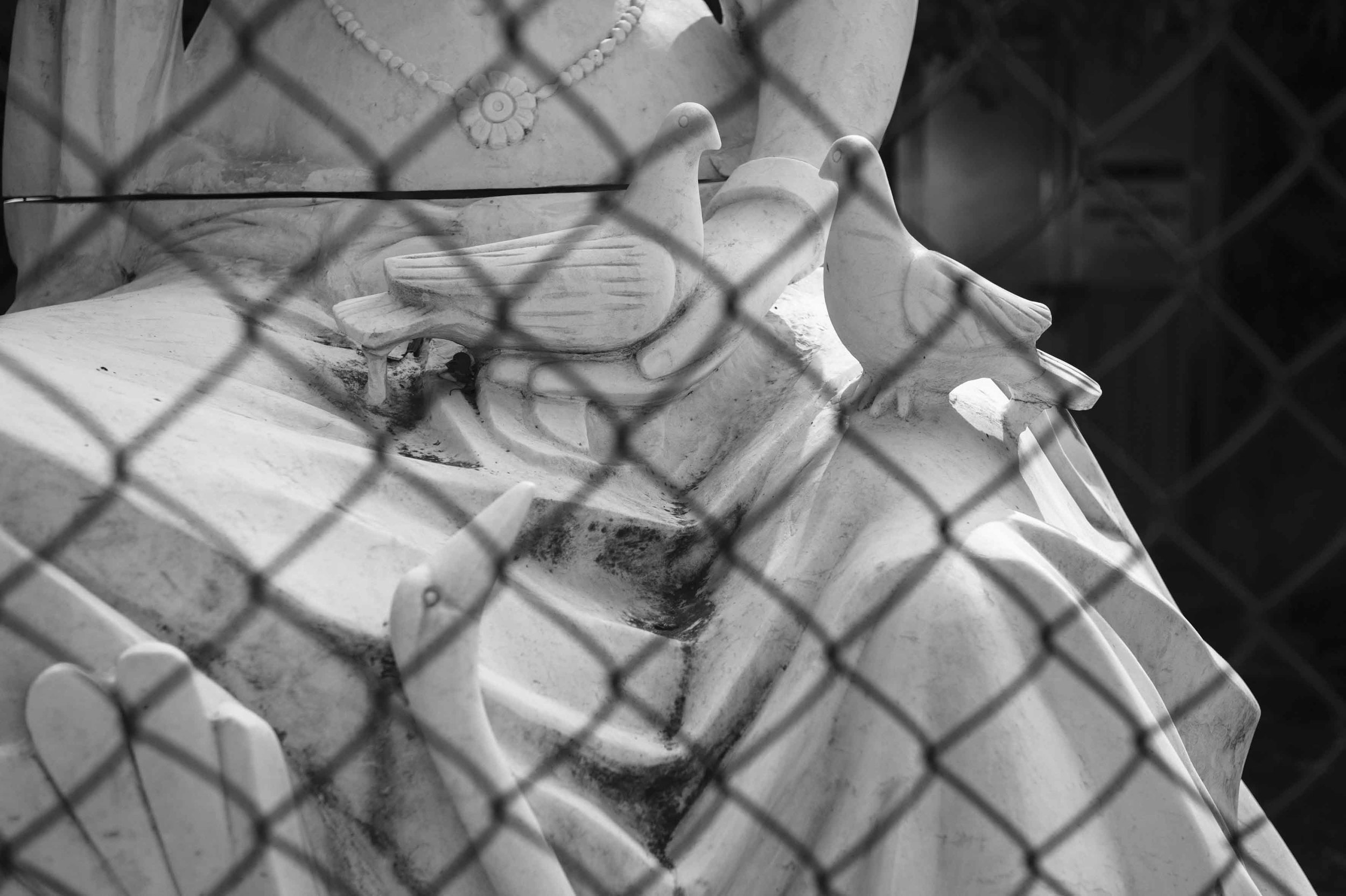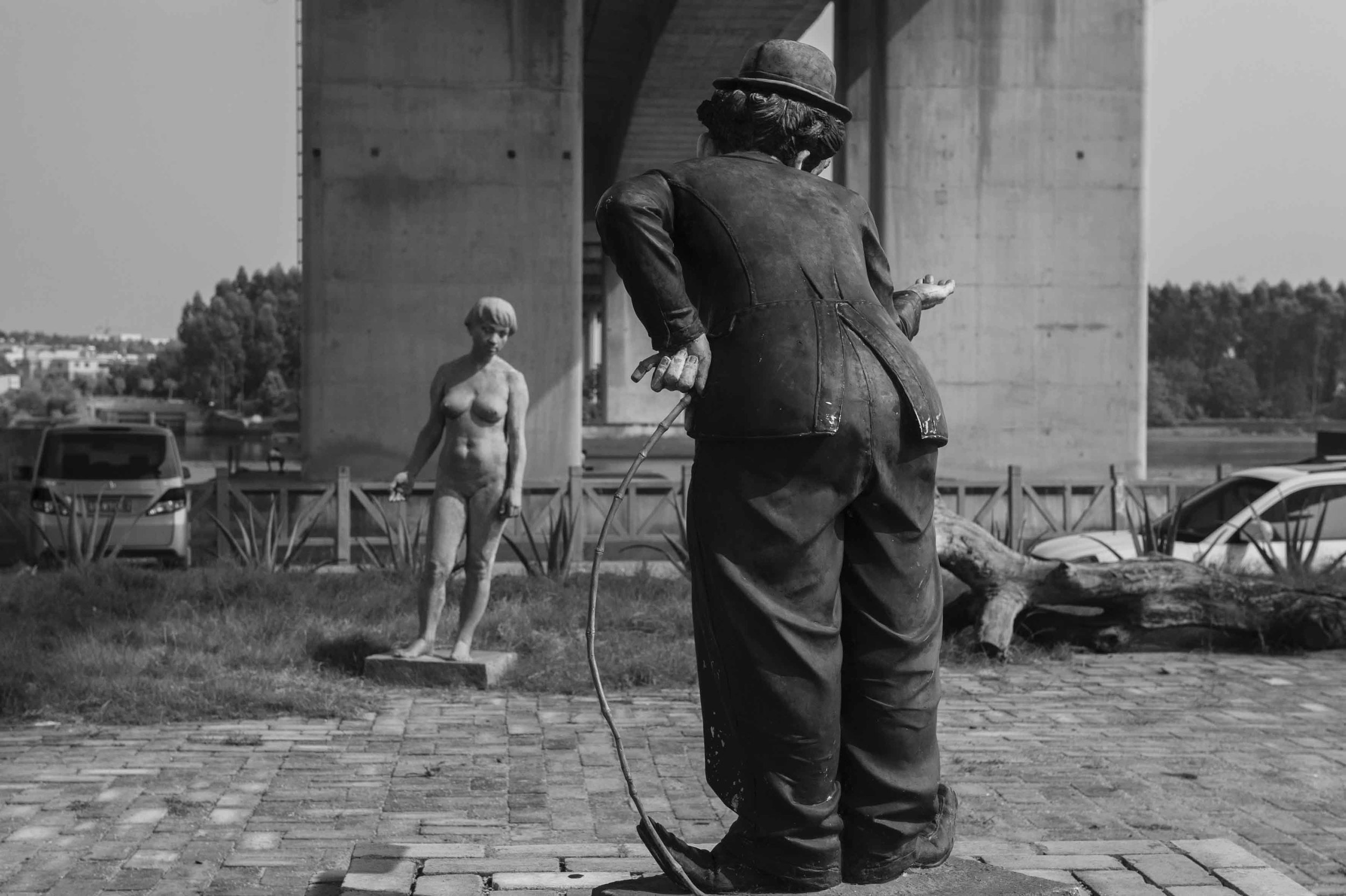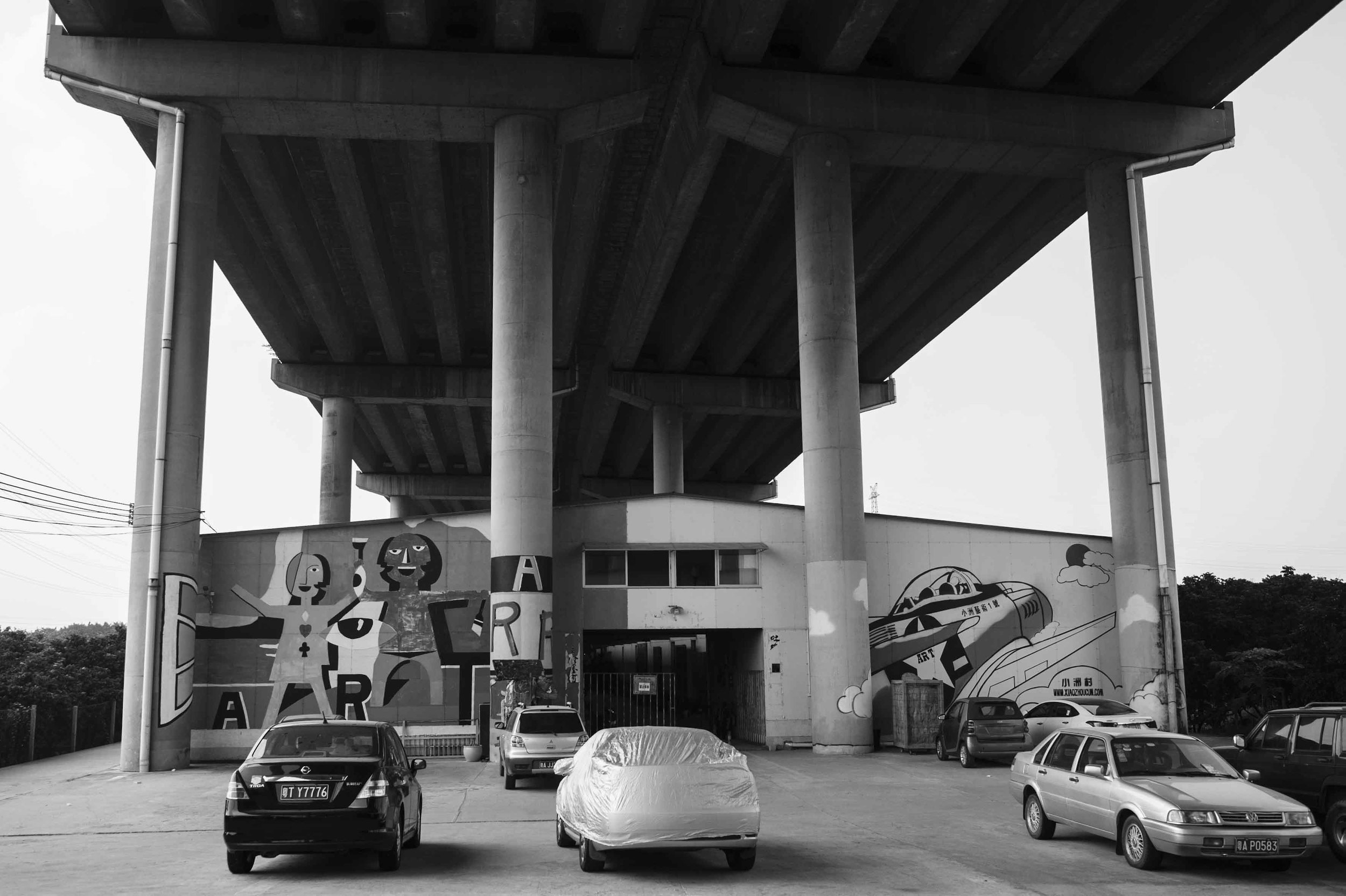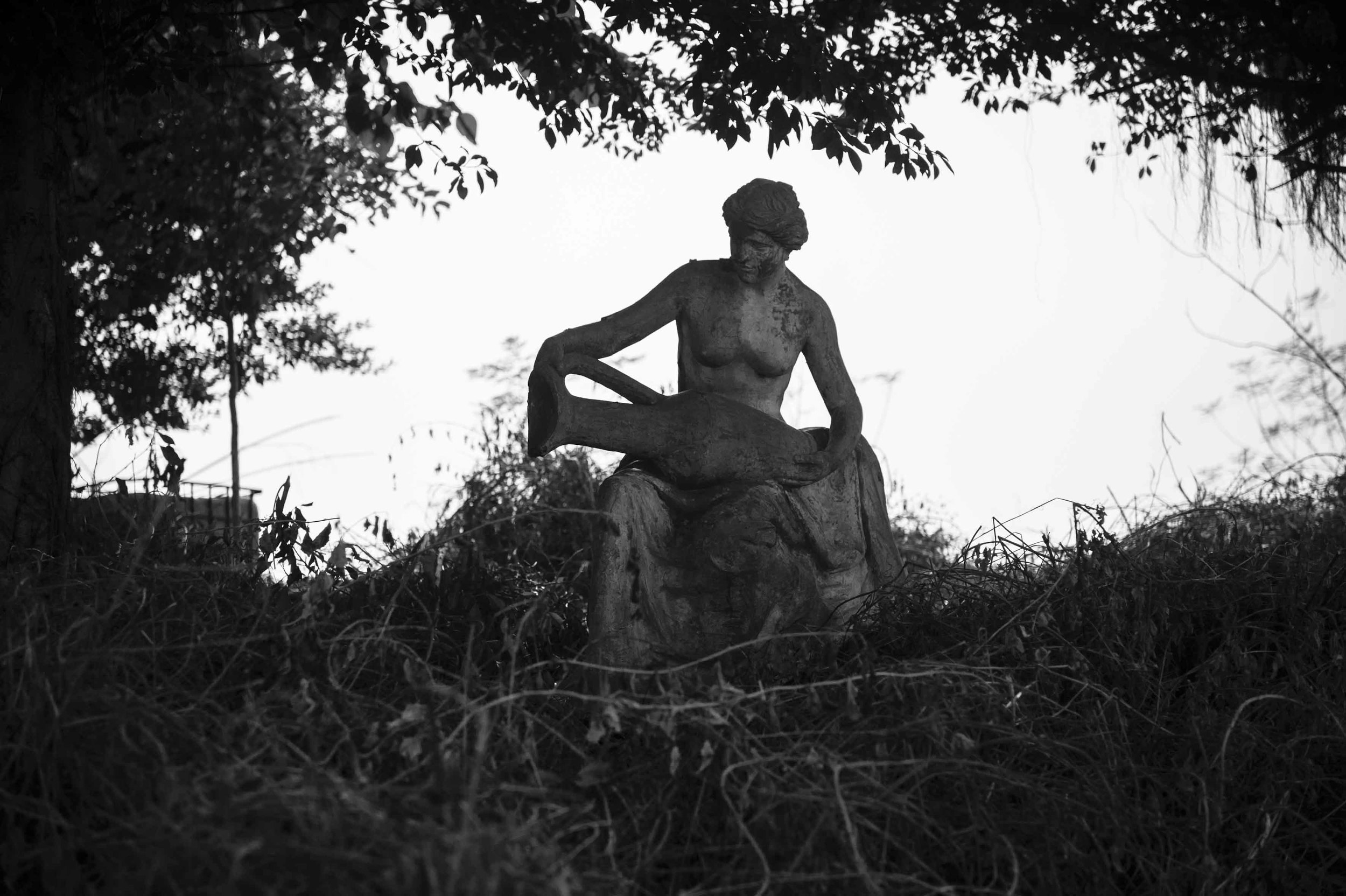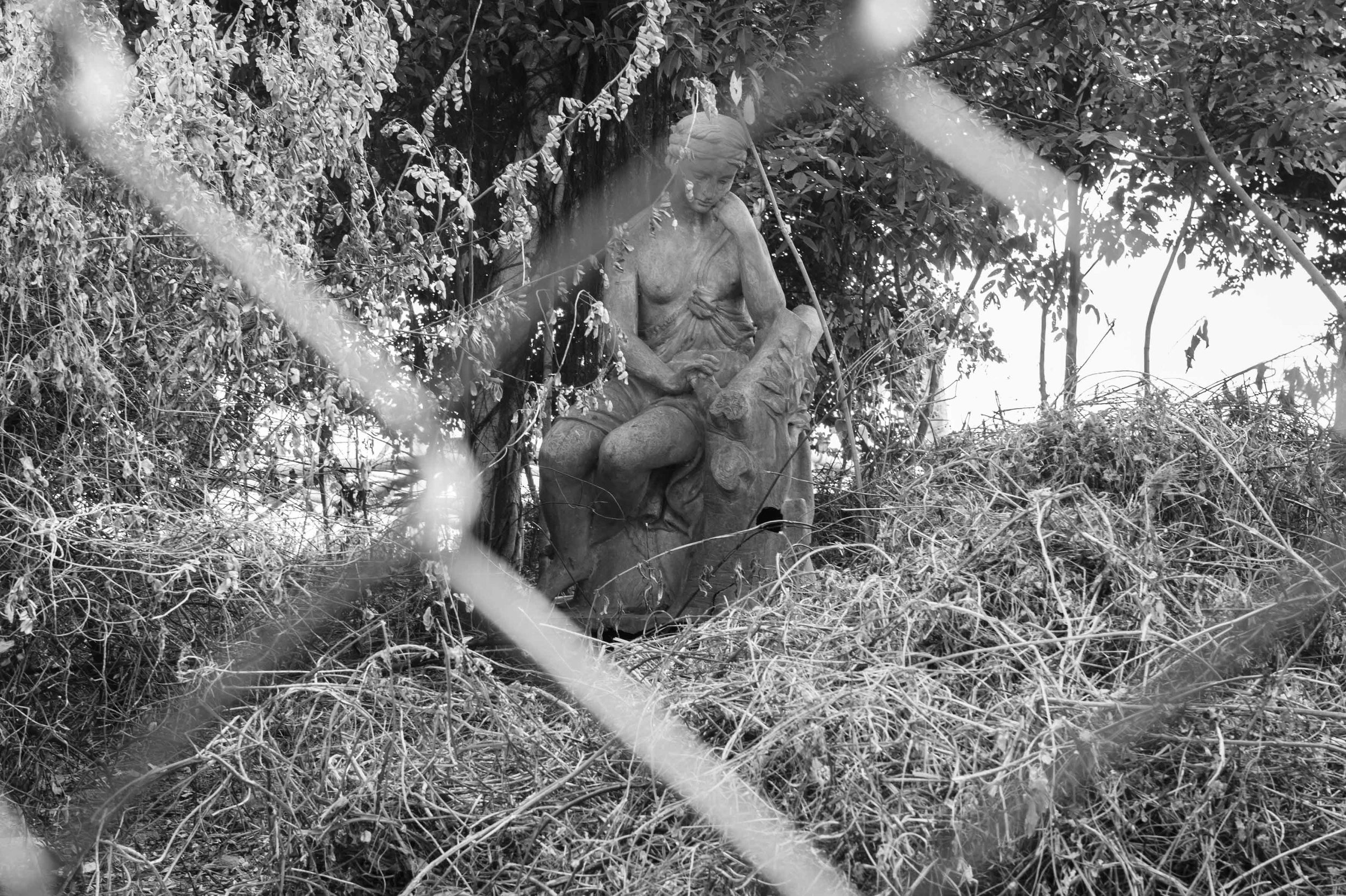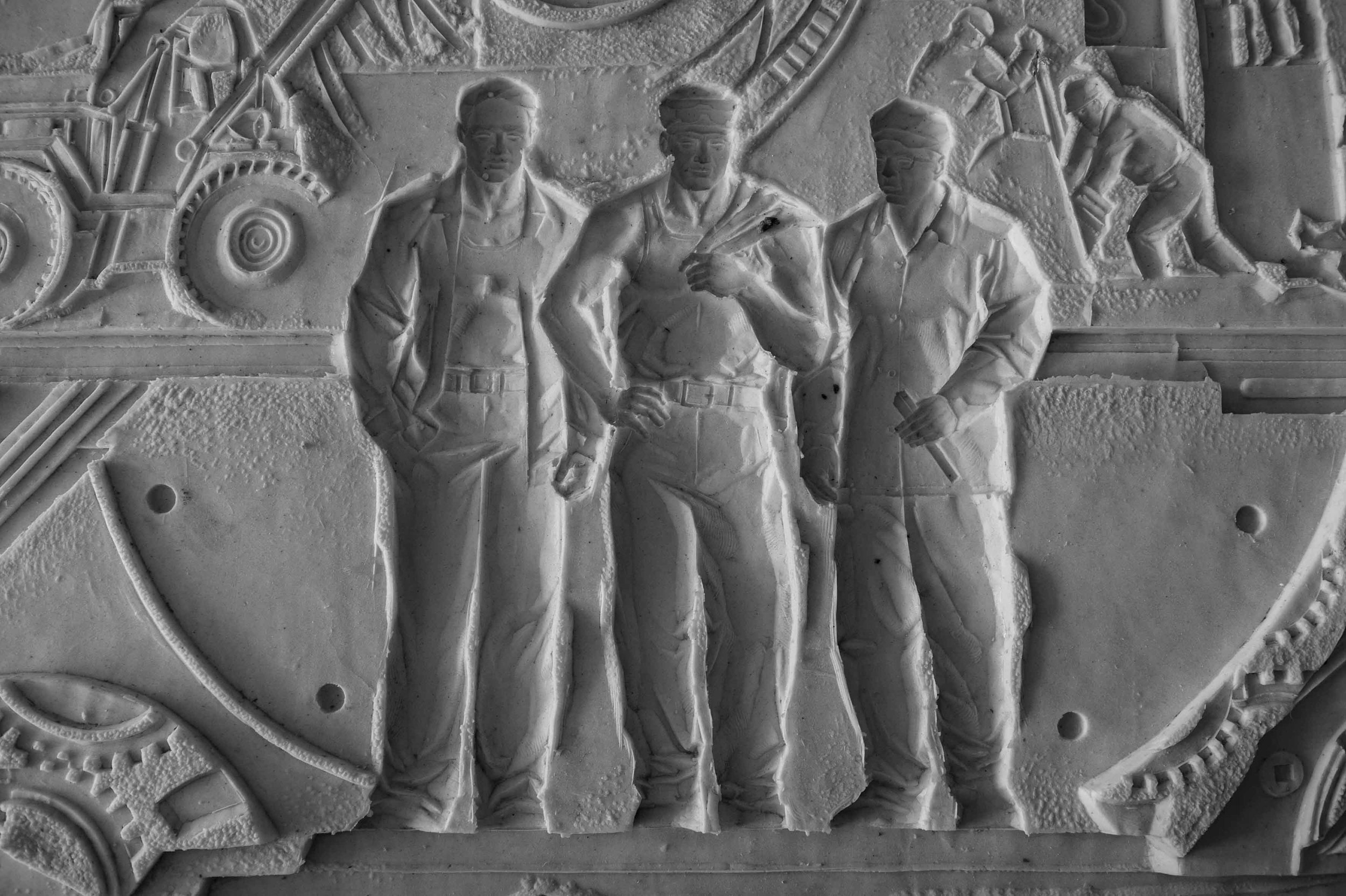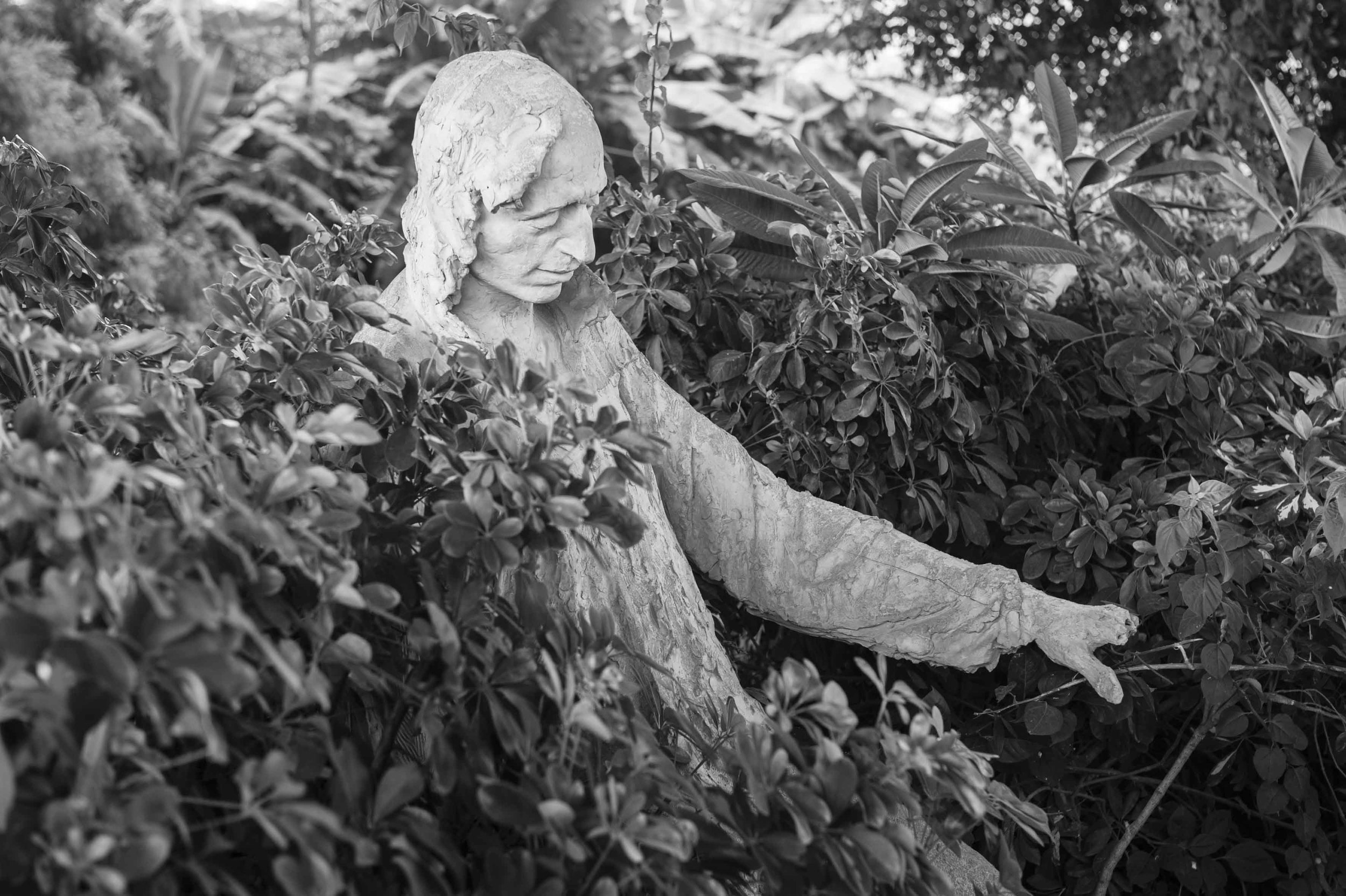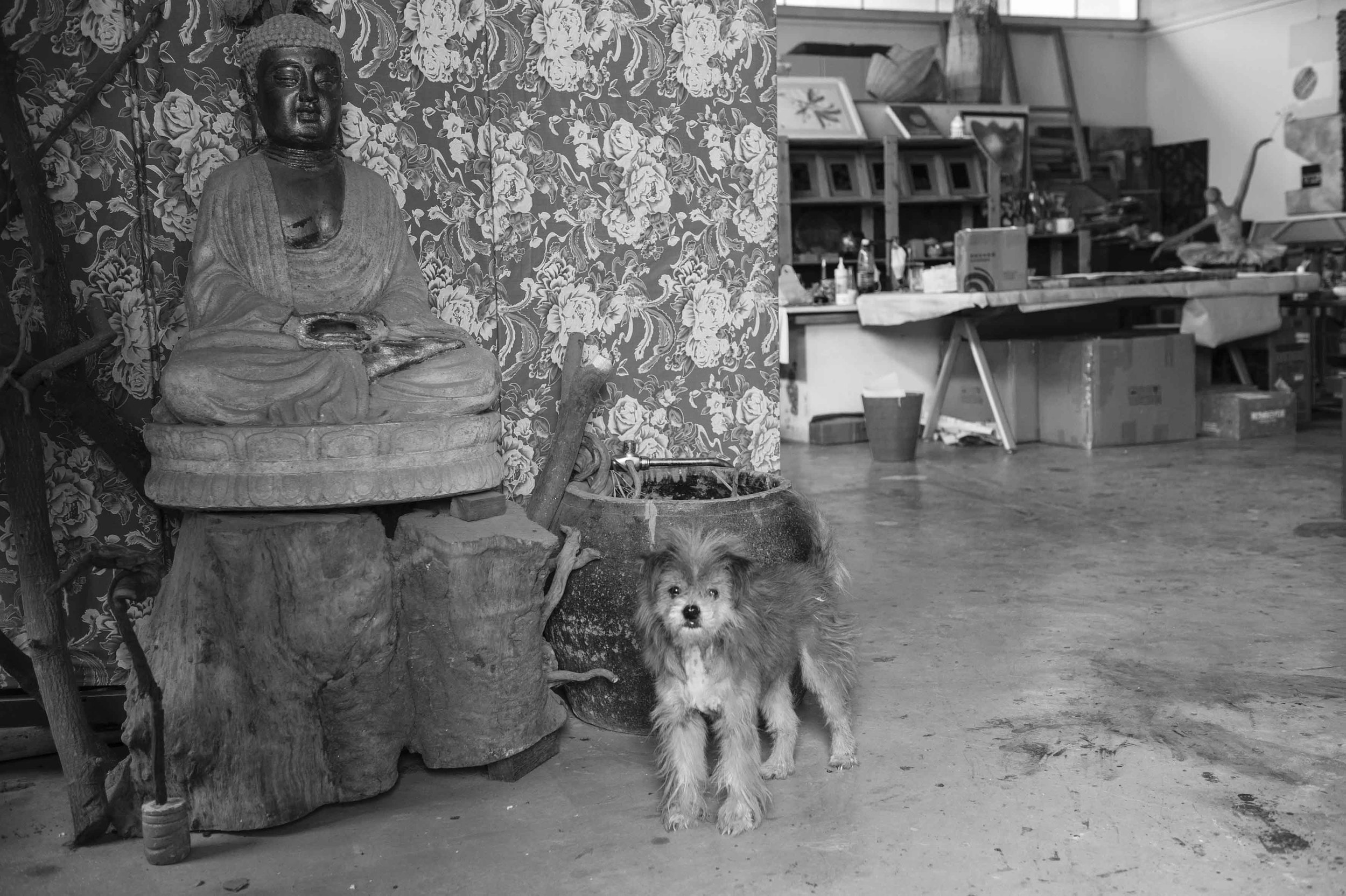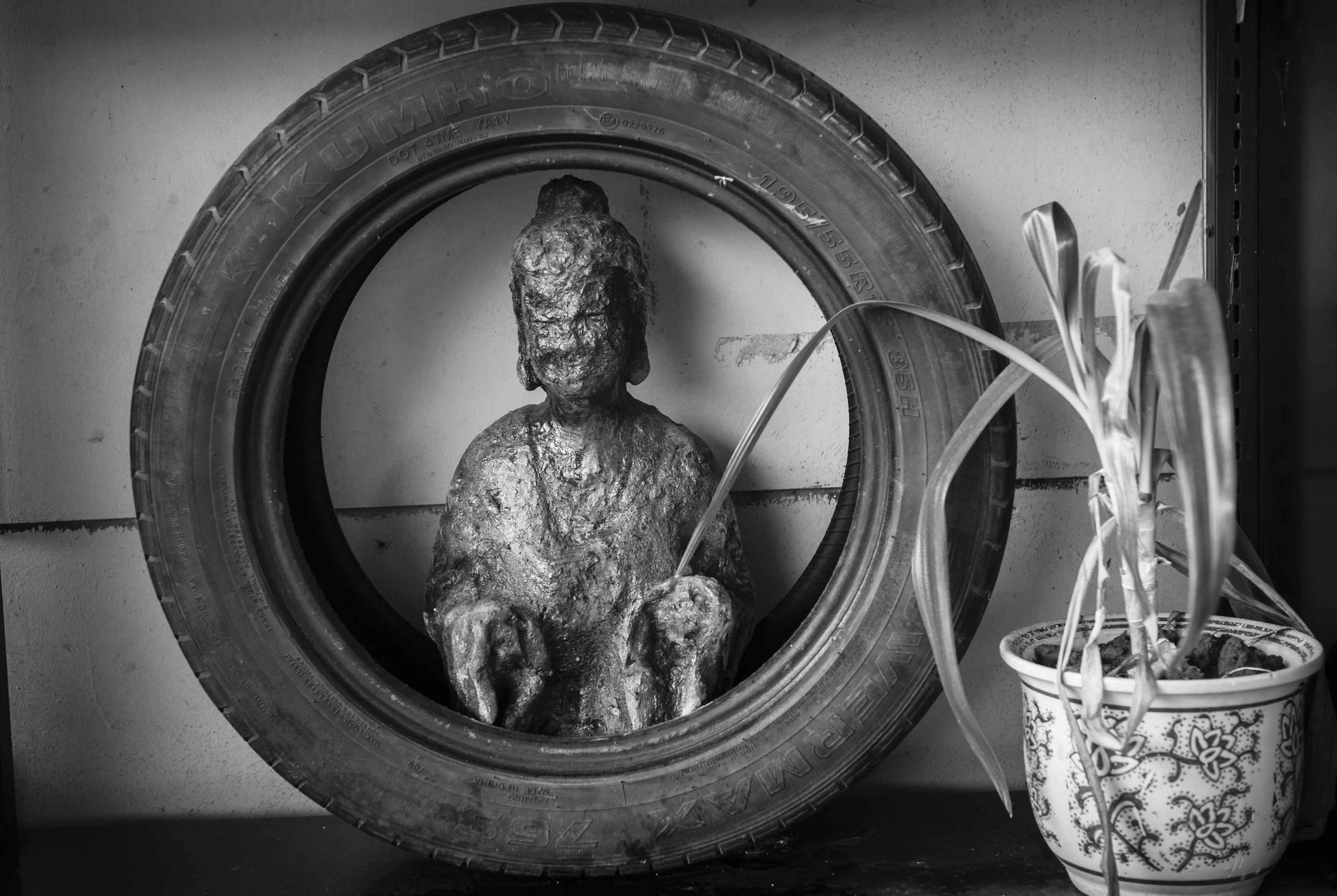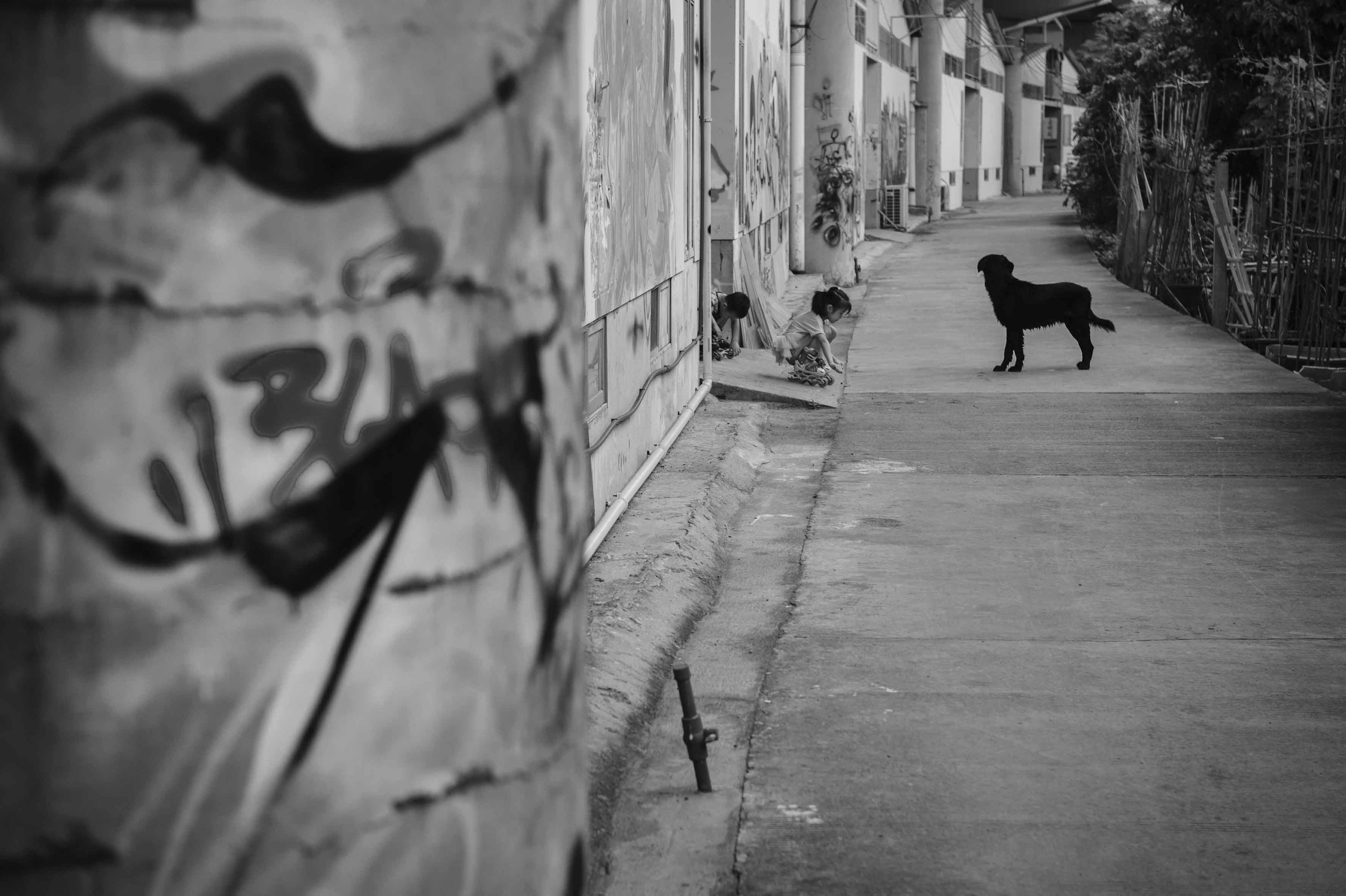Art and Culture Beneath The Overpass
A sculpture beckons visitors to the Xiaozhou Art Zone.
Unlike Shanghai and Beijing, Guangzhou remains predominantly an industrial and commercial city. Even with its recent makeover for the 2011 Asean Games and all of that associated development; designed to give the impression of of a modern vibrant and cultural place, it is not a city which celebrates the arts to the same extent as the other major cities of China. Whatever the reasons may be, it is still relatively difficult to find where the contemporary art scene really thrives here. More particularly, where does the local contemporary art talent showcase it's work? There have been inroads into creating 'art zones' which have reclaimed former industrial areas and decommissioned factories as seen in the examples of the Redtory and the Silo - Original Element Art communities. In both these cases, there is evidence of following a successful formula modeled by Beijing's 789 Art district (also known as Dashanzi Art District - an enterprise which has transformed fifty year old decommissioned military factory buildings and made fresh use of their unique architectural style). In these two cases in Guangzhou, residents are awaiting and watching what kind of transformations, if any, that these two districts will undergo as they evolve. As if to support this point, one website simply entitled: "Contemporary Art Venues" seems like a good place to start but upon selecting the country: 'China' - followed by an attempt to enter the city- 'Guangzhou'- it's only offered alternatives in the drop-down list following are Beijing and Hong Kong!
Contemporary art is making its way here but it is doing so at a painfully slow pace which is far behind the development of other aspects of the city. Many of the aforementioned art zones (this link provides a list), have either stagnated, given over to light industry, chic restaurants and boutique shops, or are slowly evolving into the kind of areas modeled by big brother Beijing. The art -loving public can always experience art at various gallery venues in the city, within the formal context of a gallery or city museum. However there seems proportionately less emphasis placed on the indigenous contemporary art scene or the work of upcoming or undiscovered local talent.
The same is less true for the preservation of local heritage sites which seem to follow an almost theme-park style formula in their regeneration once it is their turn for the spotlight of development to fall upon them. More on this in later postings. Suffice to say that its is often the fate of contemporary art and it's motley crew of new emerging artists and undiscovered talents to become relegated a mere sideshow within the facade of a gentrified redevelopment zone.
Xiaozhou "Art Zone" lies on the southern outskirts of Guangzhou, on the edge of Haizhu District, neighbouring the ancient canal village of Xiaozhou itself. Both of these communities are dominated by an overhead highway towering above on it's huge concrete columns. It runs above the very Art Zone itself and leads the visitor beneath it's shadow into the old village area. This is perhaps the most predominant feature which stands out in the first-time visitor's perception of this district. It is as if this very concrete, overhead, mega-structure is a metaphor for the way Guangzhou is treating its existing meager homegrown art and culture. Something to be swept or hidden away beneath a monstrous highway on the edge of the expanding city, amidst swampy fruit-growing land. Wikitravel.org's entry on Xiazhou (in the outskirts section of the page on Guangzhou), rather unkindly says this about the district :
"Some travelers describe this district as full of historical buildings, fruit orchards and canals and relate that, in recent years, this has become an artists' haven. Others report that recent development has obliterated all traces of the village and that the district is a typical industrial suburb adjoining a huge field used as an outdoor latrine."
While this description seems a little harsh, particularly as much of the village and its old buildings and canals remain, the visitor will be aware that attempts at transformation of the area have not been the most sensitive and seem to have either come to an abrupt halt or been abandoned completely. There is more evidence of the ad-hock development of commercial businesses, food outlets and tawdry souvenir shops to the detriment of preserving original lifestyle, authentic activities and aesthetics of the village. Ironically the very things that visitors flock to experience on weekends and holidays, in an effort to leave the claustrophobia of the city behind, seems to have been forced to go into retreat as authenticity surrenders to pale imitation.
Meanwhile, in the opposite direction beneath the overpass, in the 'Art Zone', there is that same familiar response at witnessing a dilution of quality and the lacklustre. What appears once to have been a sound idea, with all of the evidence of good intentions behind it's inception; seems now to have become an idea mired in the very swampland it sits within.
Experiencing the 'Art Zone' creates a mixed response of both sadness and hope because one can see that it once was the "artist's haven" it set out to be. It (still does) provide alternative glimpses to the more traditional Chinese approaches to art practice and methodology, as well as making accommodation for it. There is a corridor of covered gallery space, giving on to a series of porta-cabin-style studios running down to the river. However, much of the art produced there seems to be either derivative and / or formulaic (if it aspires to be modern), or very much grounded in the traditional. In a contemporary context the 'Art Zone' appears to be held in a paralysed, limbo state of existence and one wonders what the future will hold for it? (Read more on how the Art Zone reached this state, in an article "Art and Money : Selling Out in Xiaozhou" by Zhang Man here).
As you wander beneath the concrete canopy, listening to the metronome beat of traffic passing above and seeing the giant pylons marching off across the swampy orchards, you cannot help but get an eerie cul-de-sac feeling of being forgotten and of being literally passed - over.
These sets of photographs taken in both the Xiaozhou Village and the Art Zone attempt to express these ideas and feelings.
Boys fishing beneath the overpass at Xiazhou.
Getting to Xiaozhou
Take the MRT on Line 3 to Kecun station. Exit at the 'Mc Donalds exit' of the subway station then take the number 252 bus 14 stops to the the town of Xiaozhou. Alight at the outdoor bus depot where the sign of the bus stop reads ‘Xiaozhou’.
Find useful links to seeing contemporary art in Guangzhou here.
Find useful links to the art zones of Guangzhou here.
View more images from the Guangzhounaut at: The Guangzhounaut Dailies, a page set up for daily iPhone photographs taken in and around Guangzhou.

